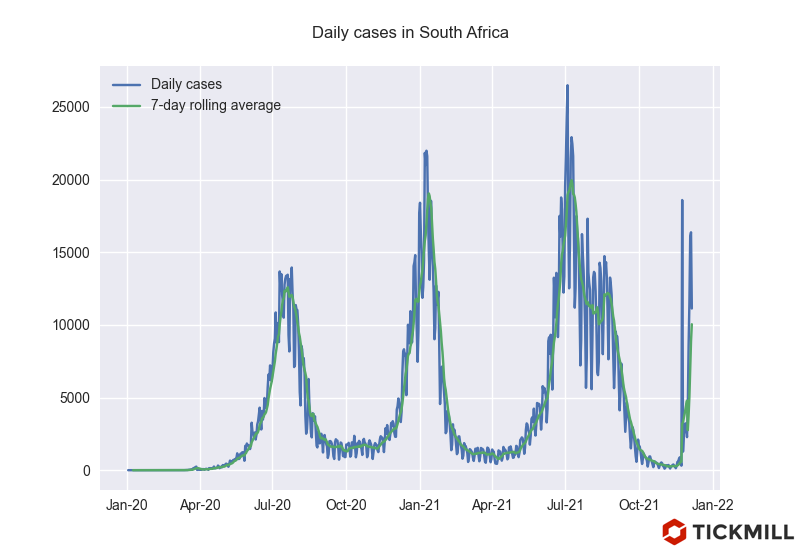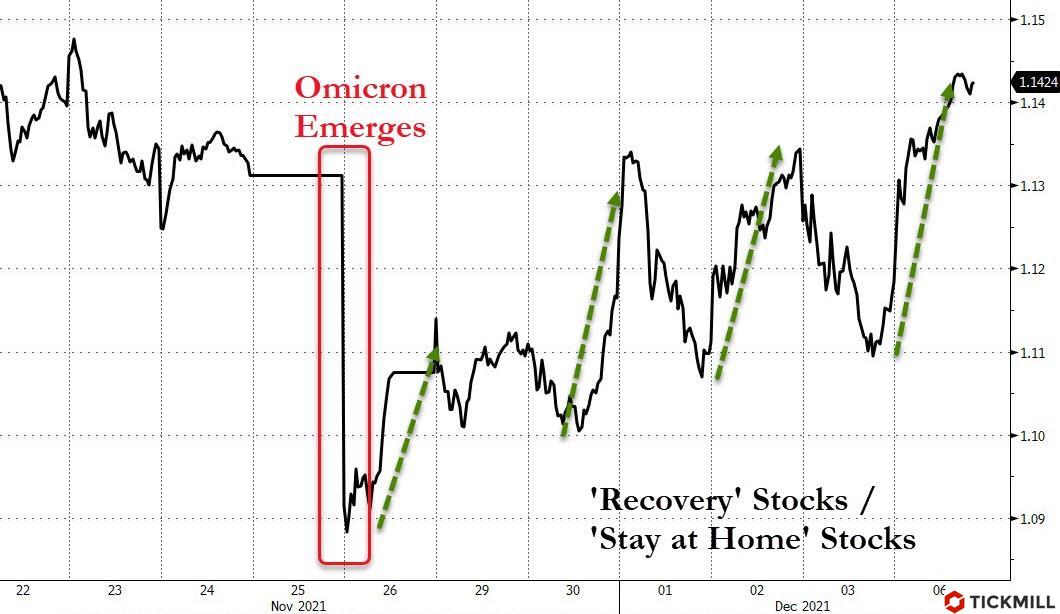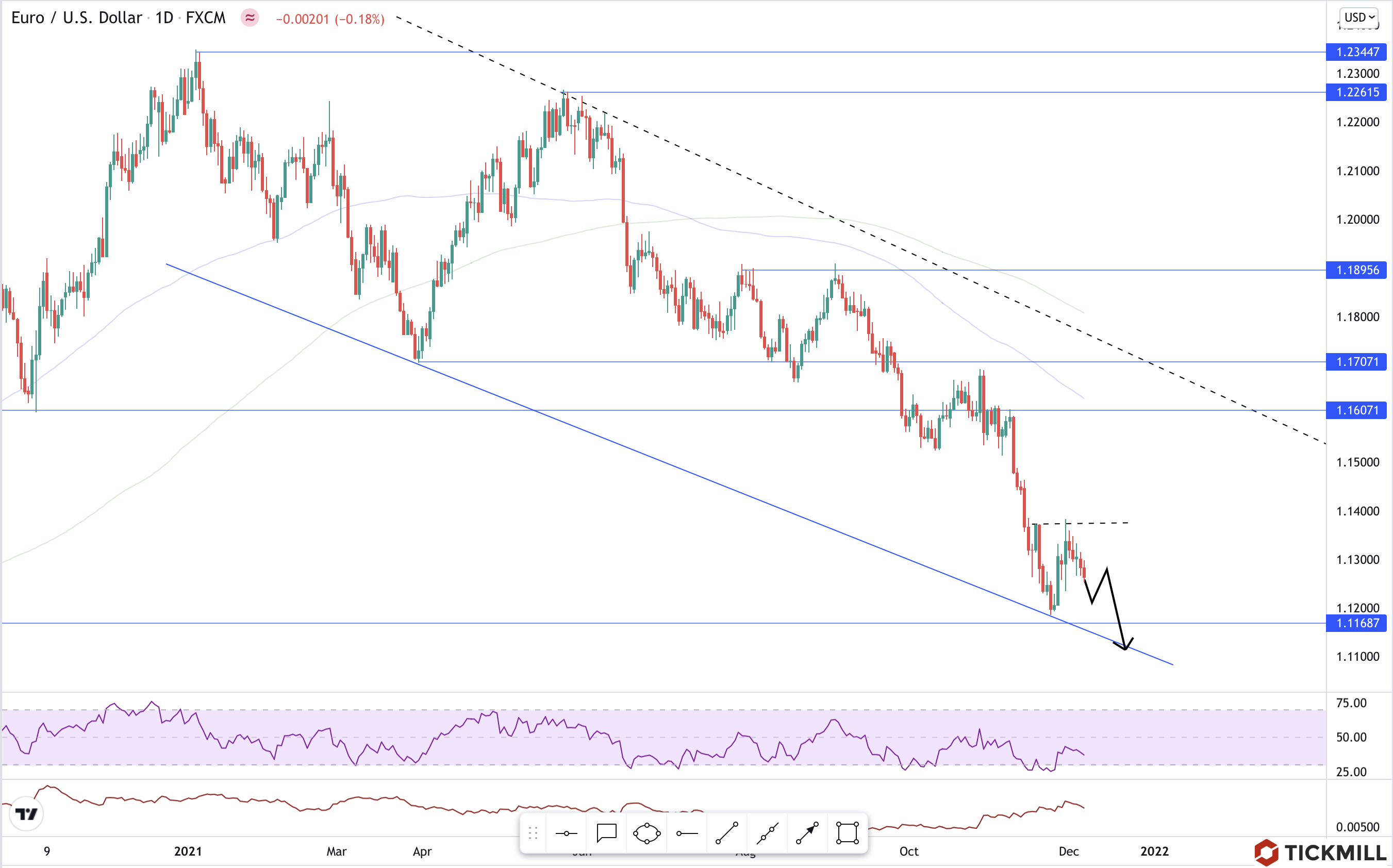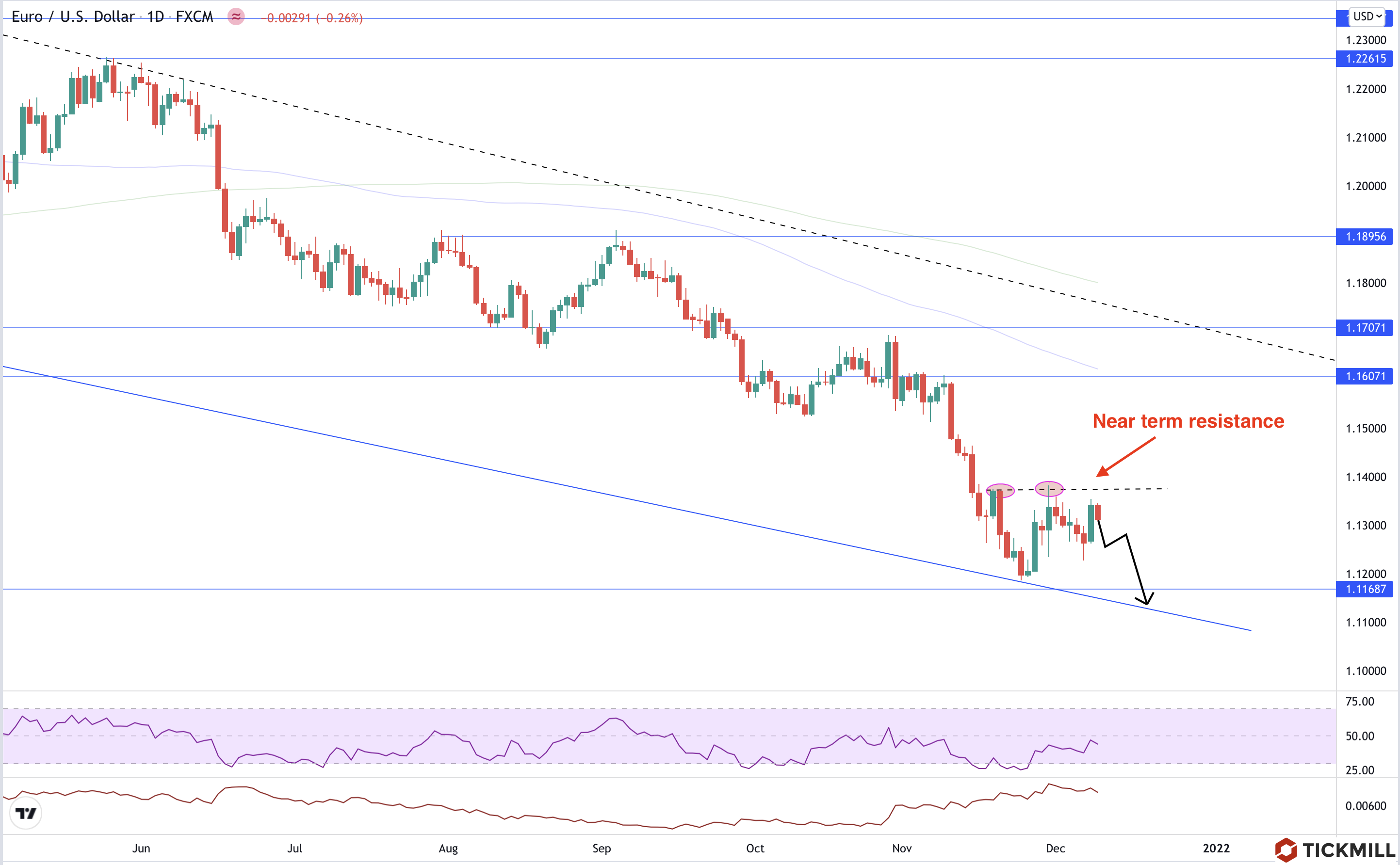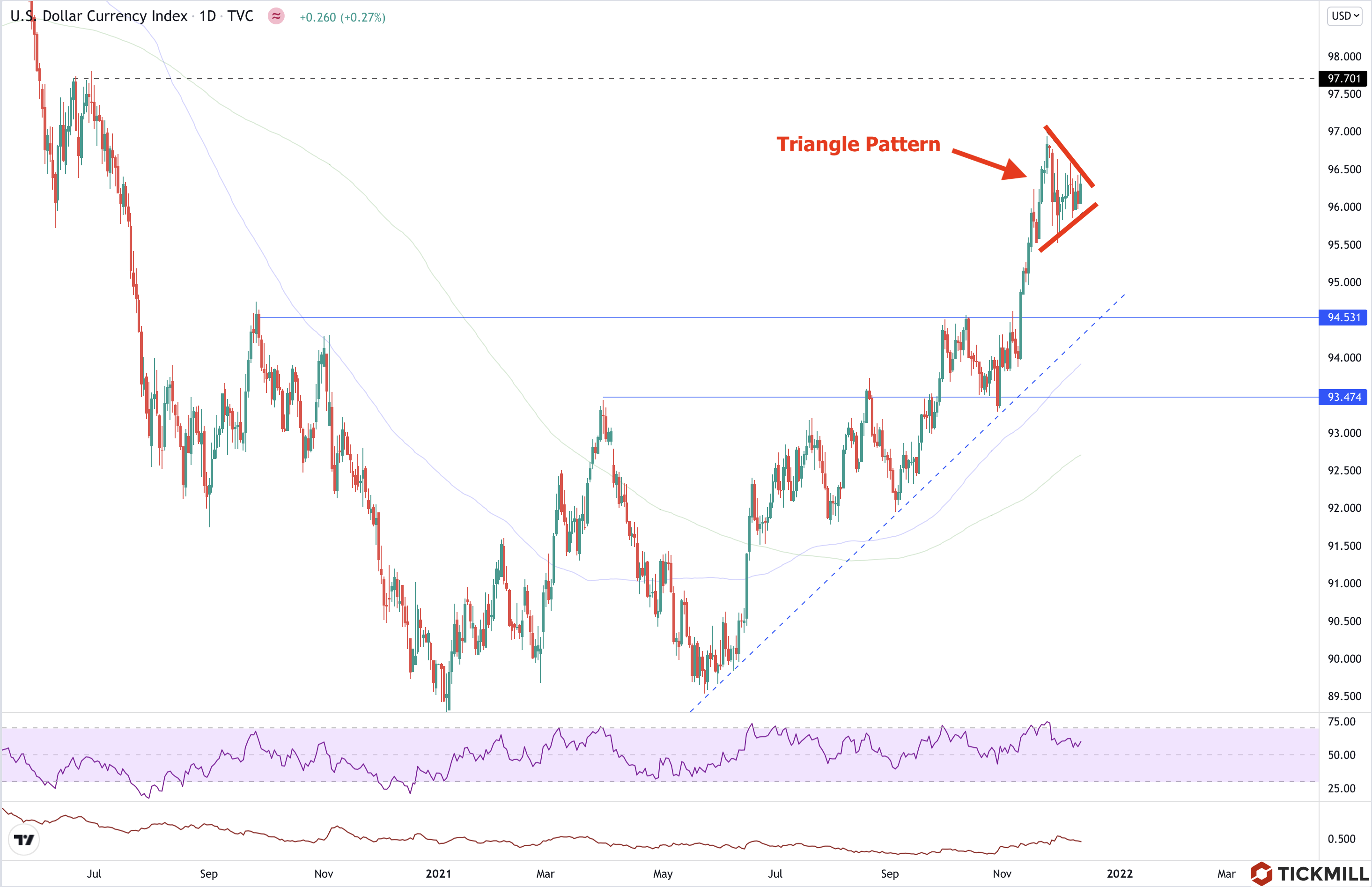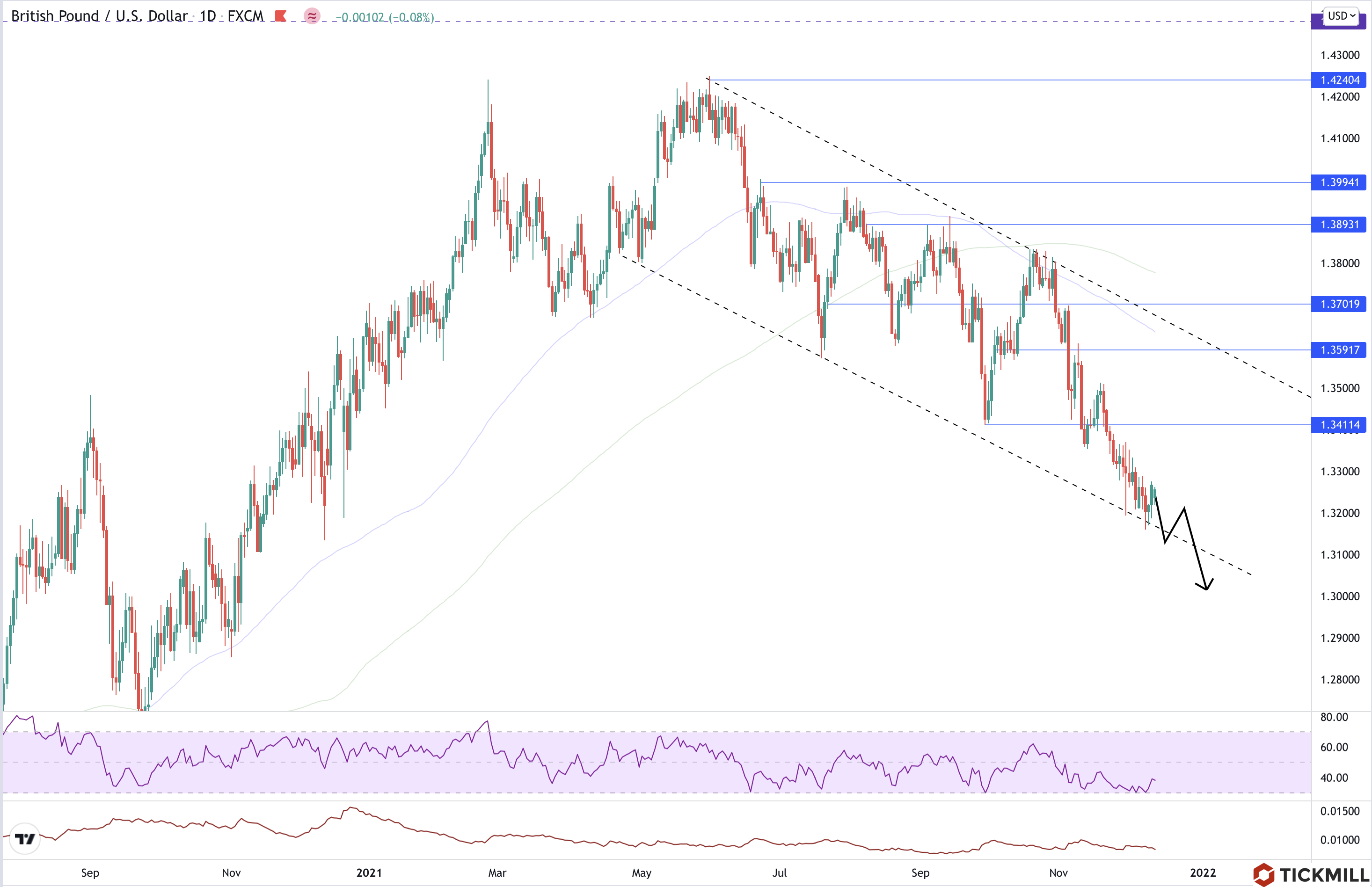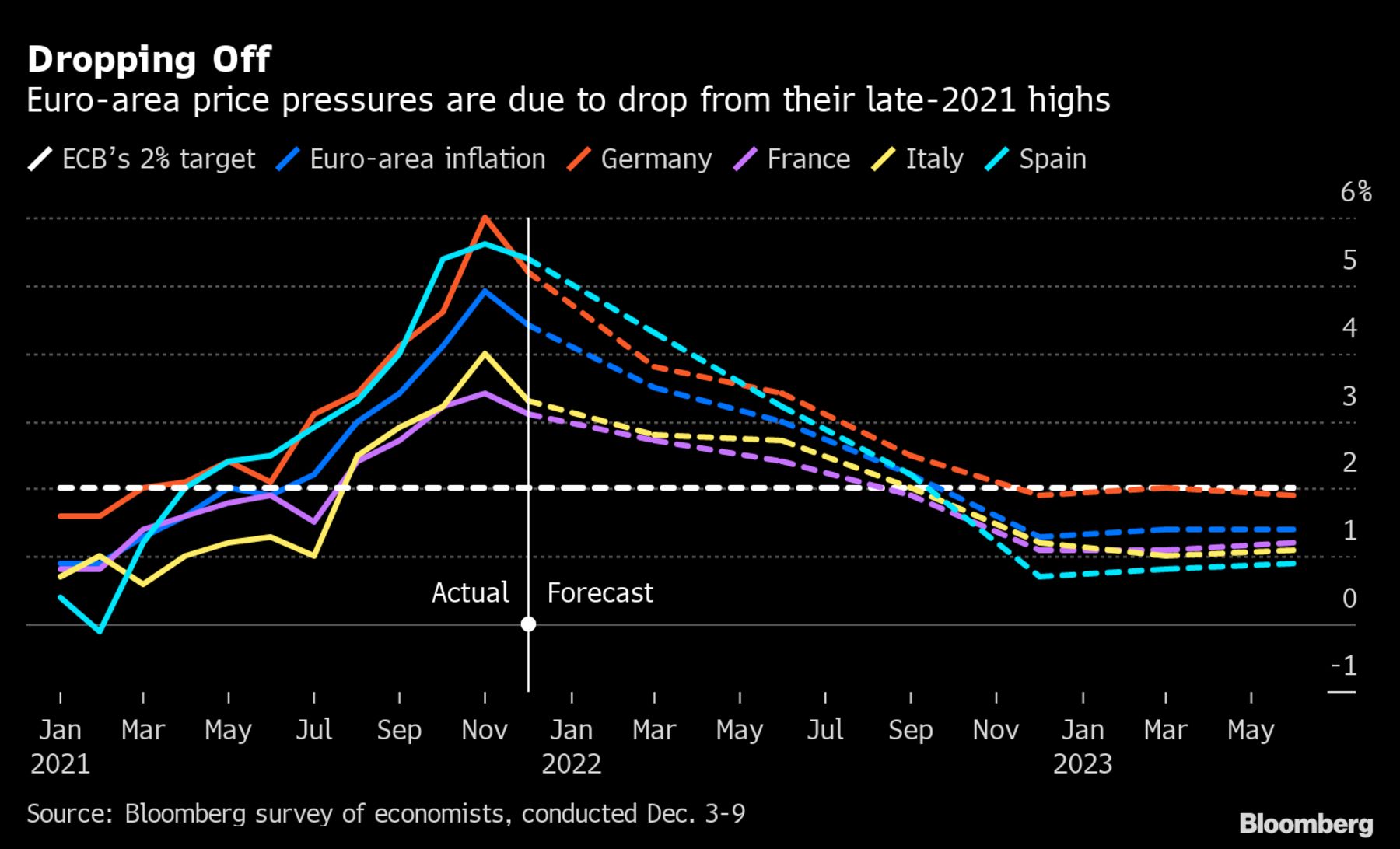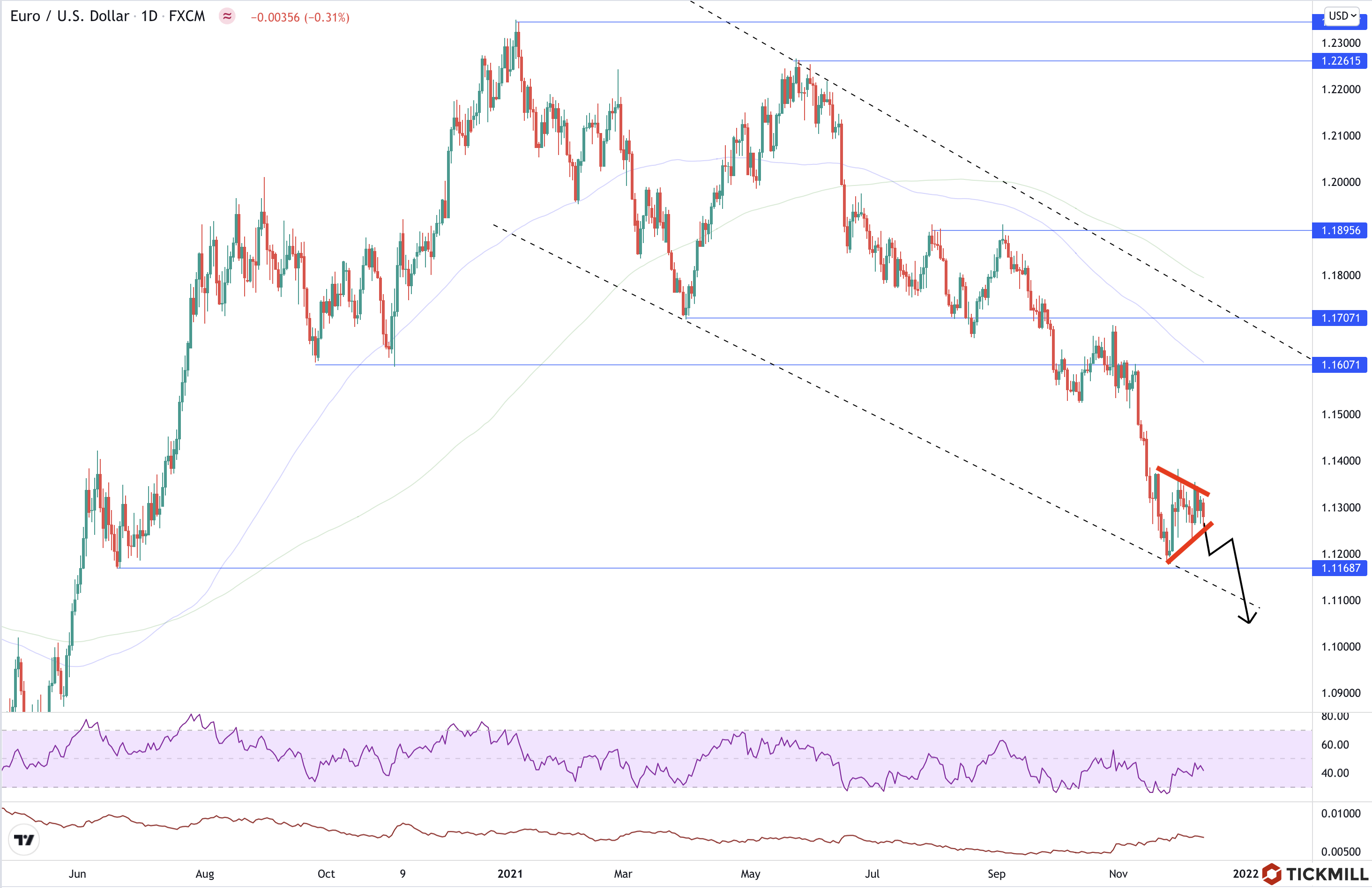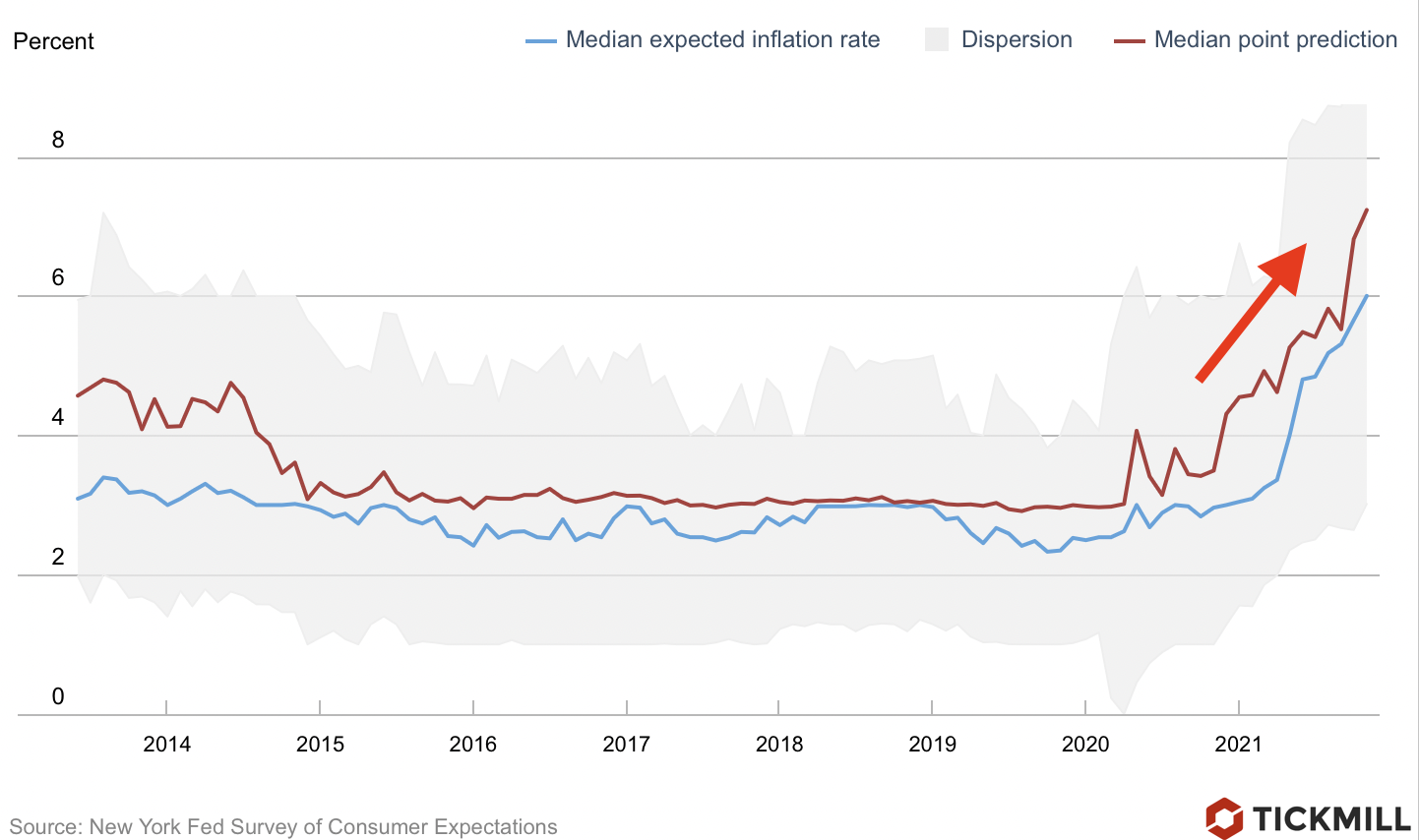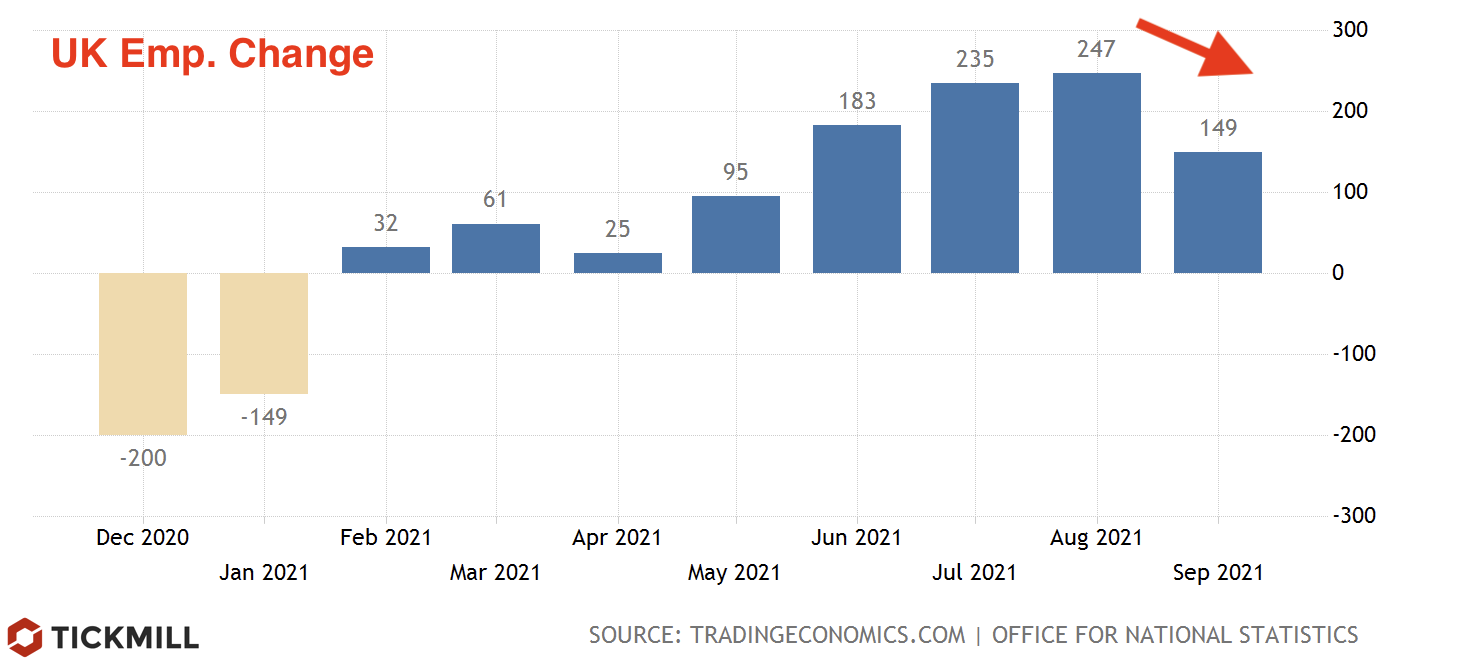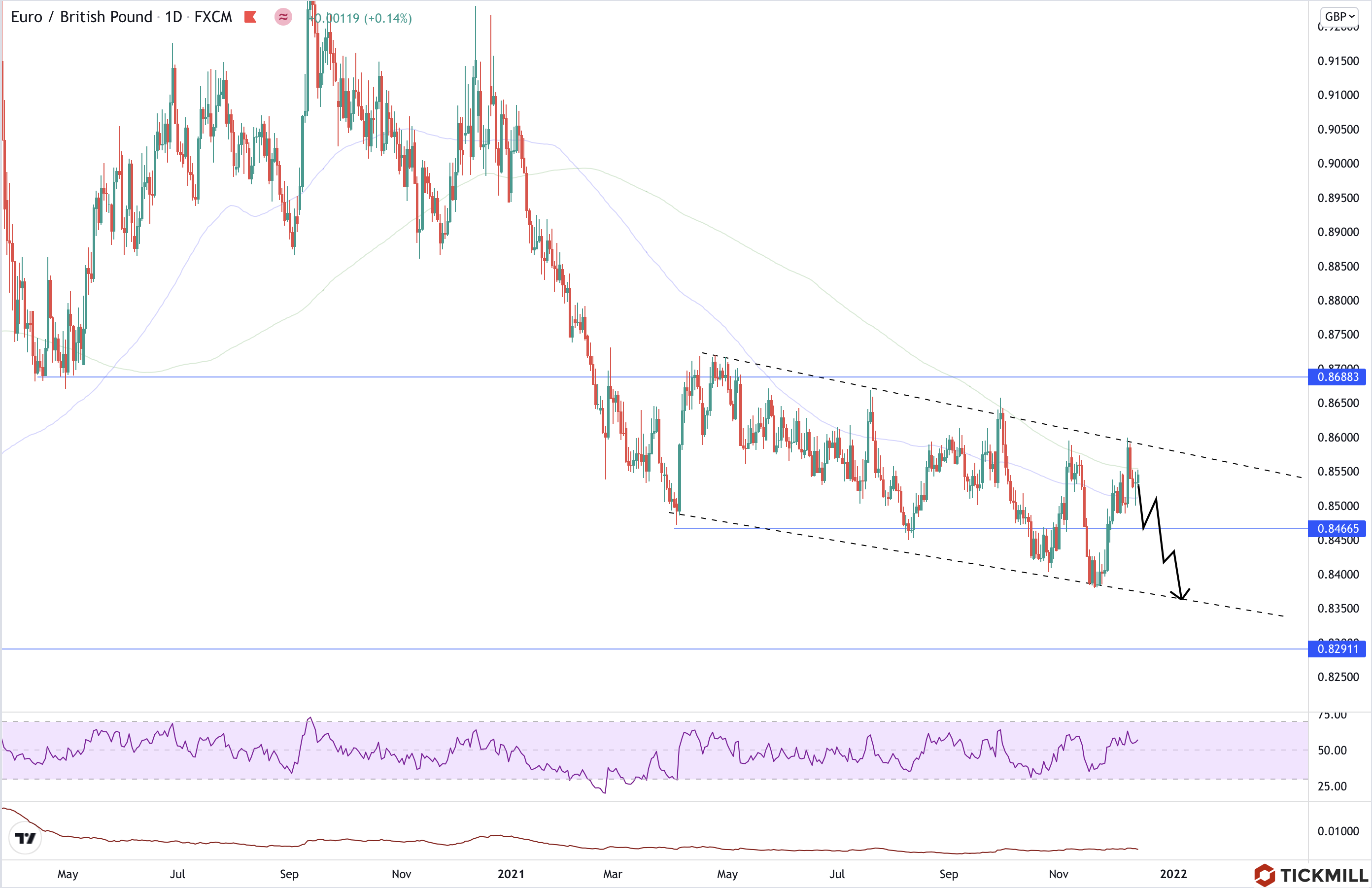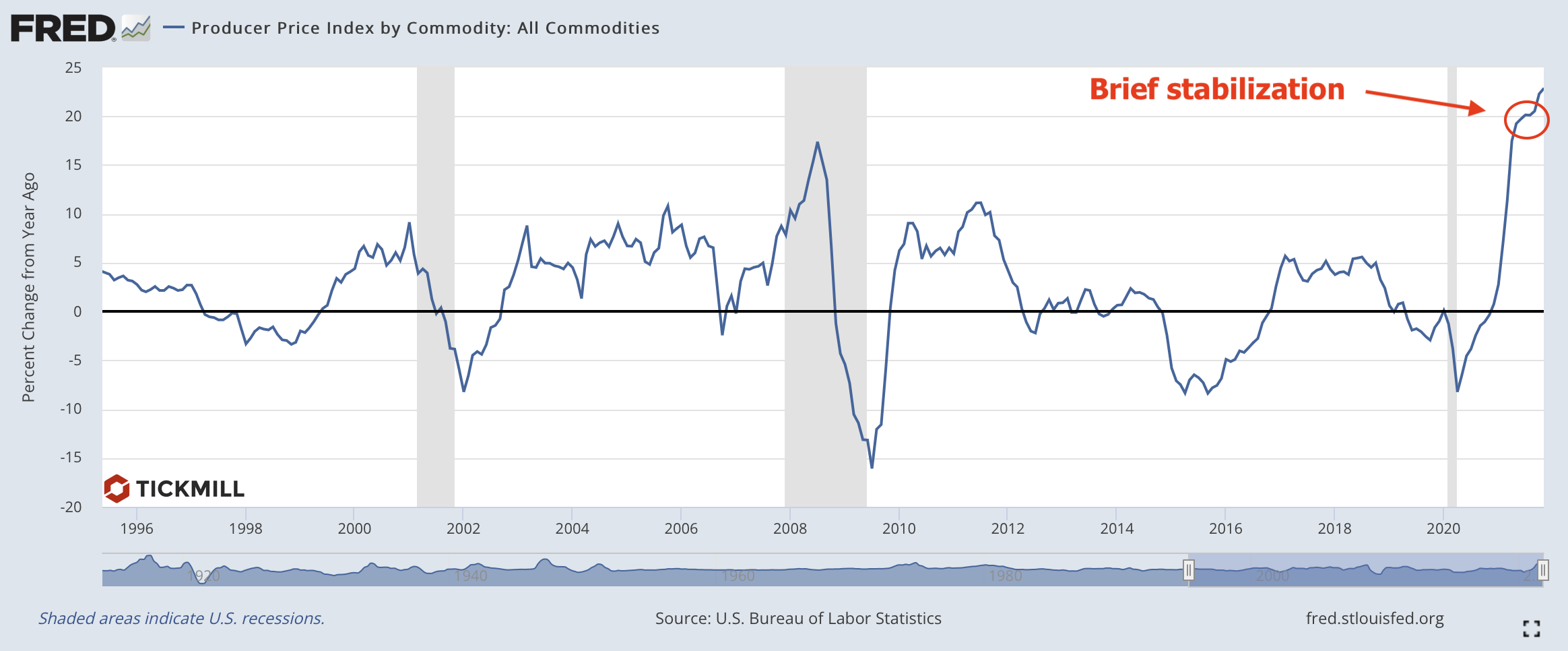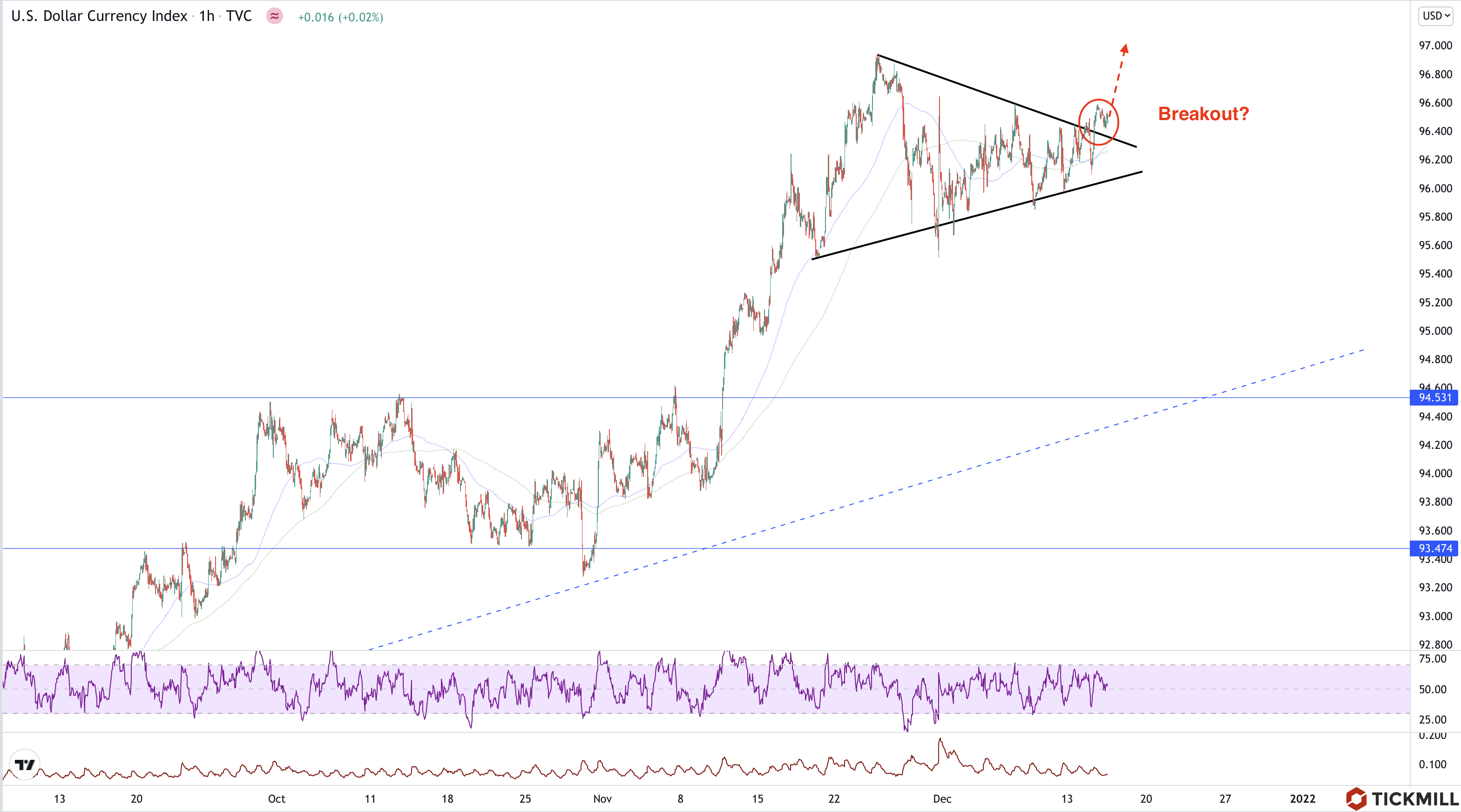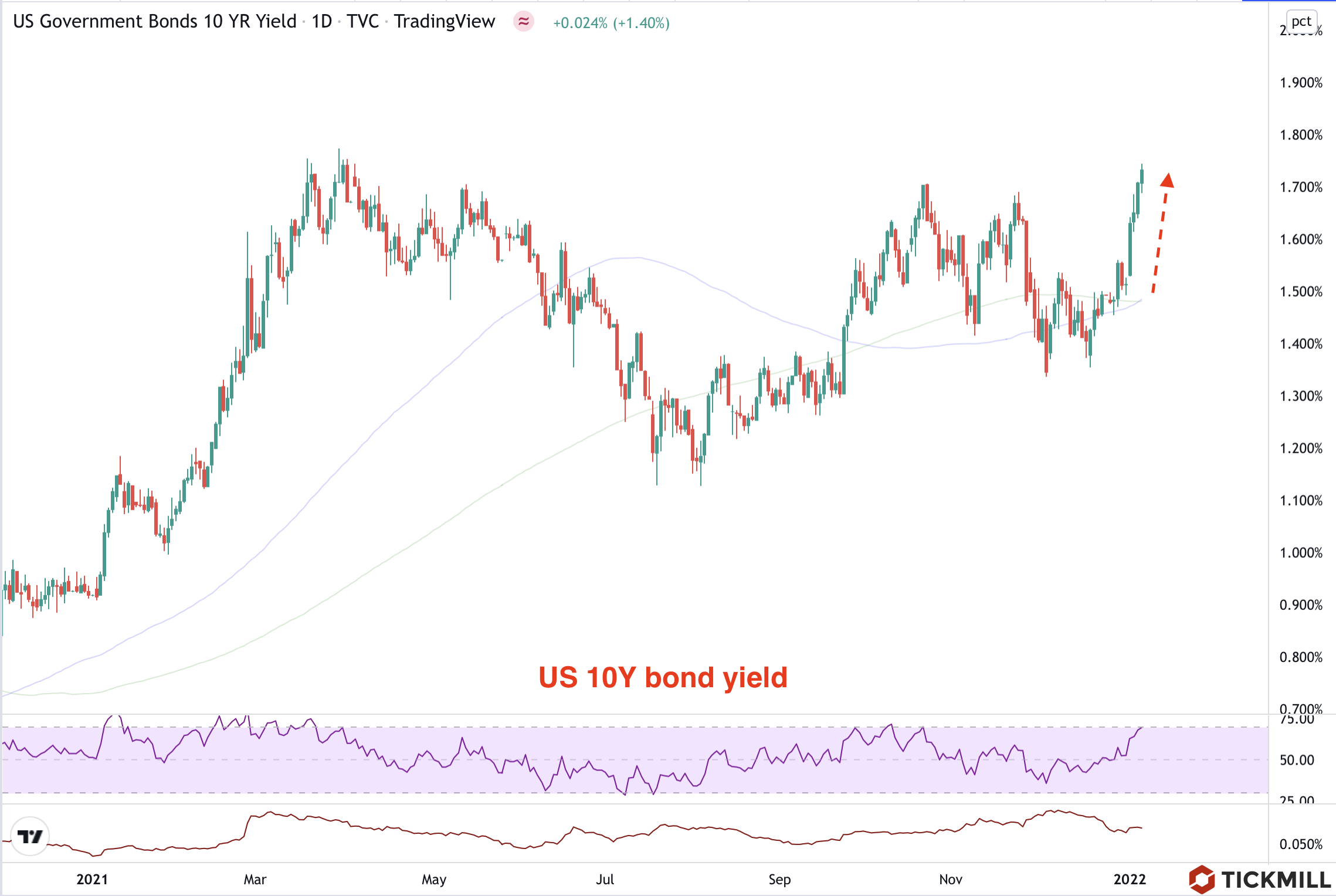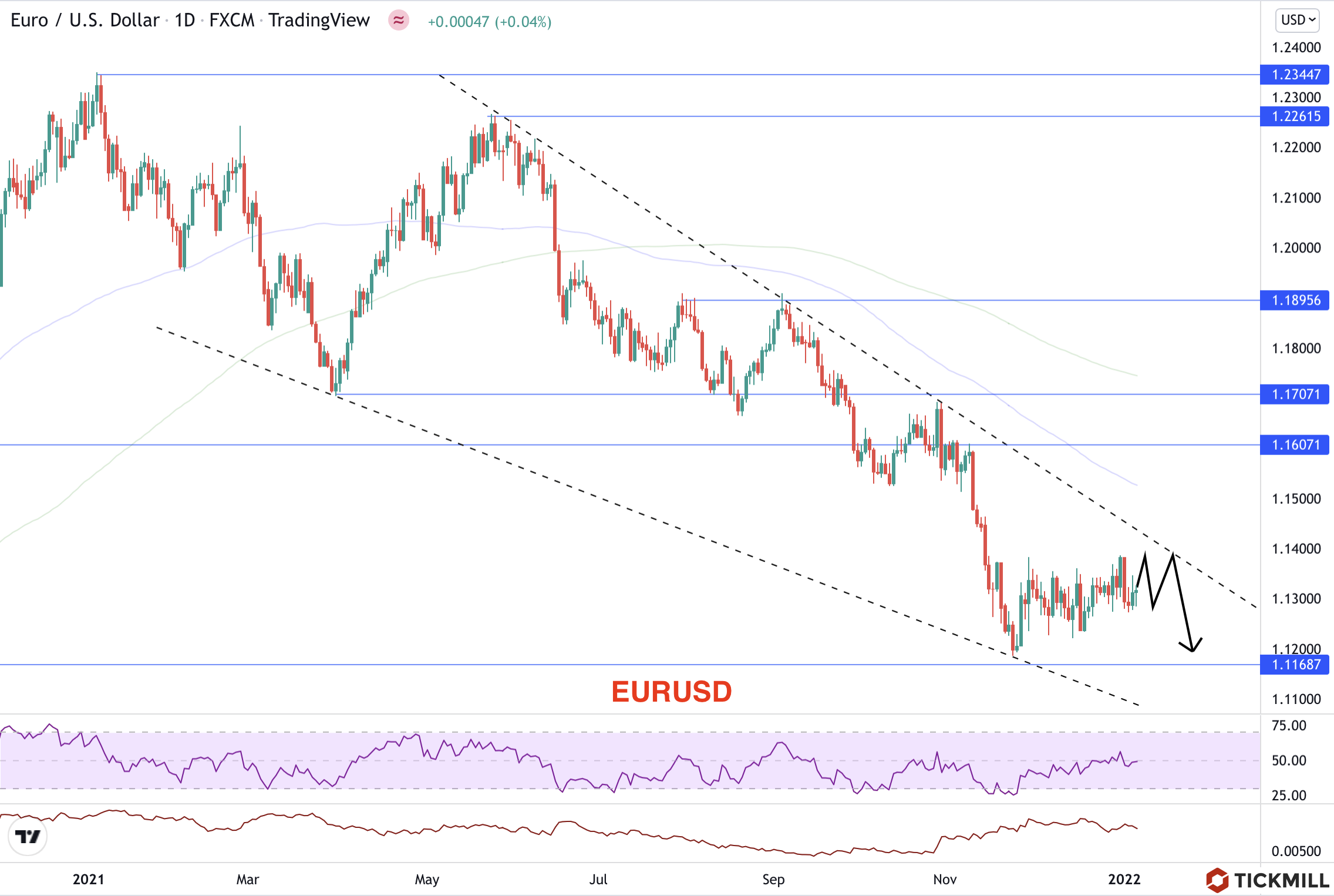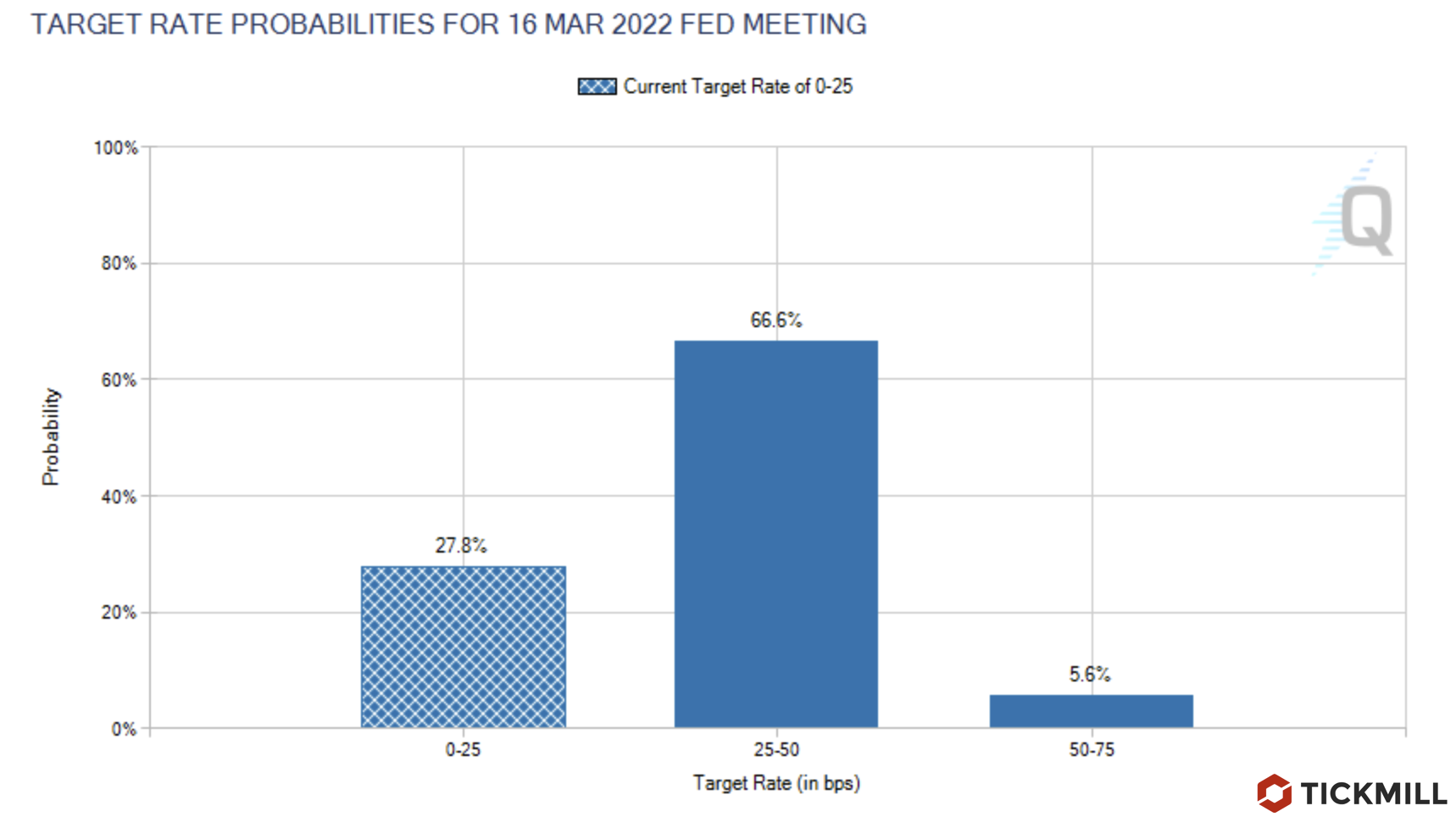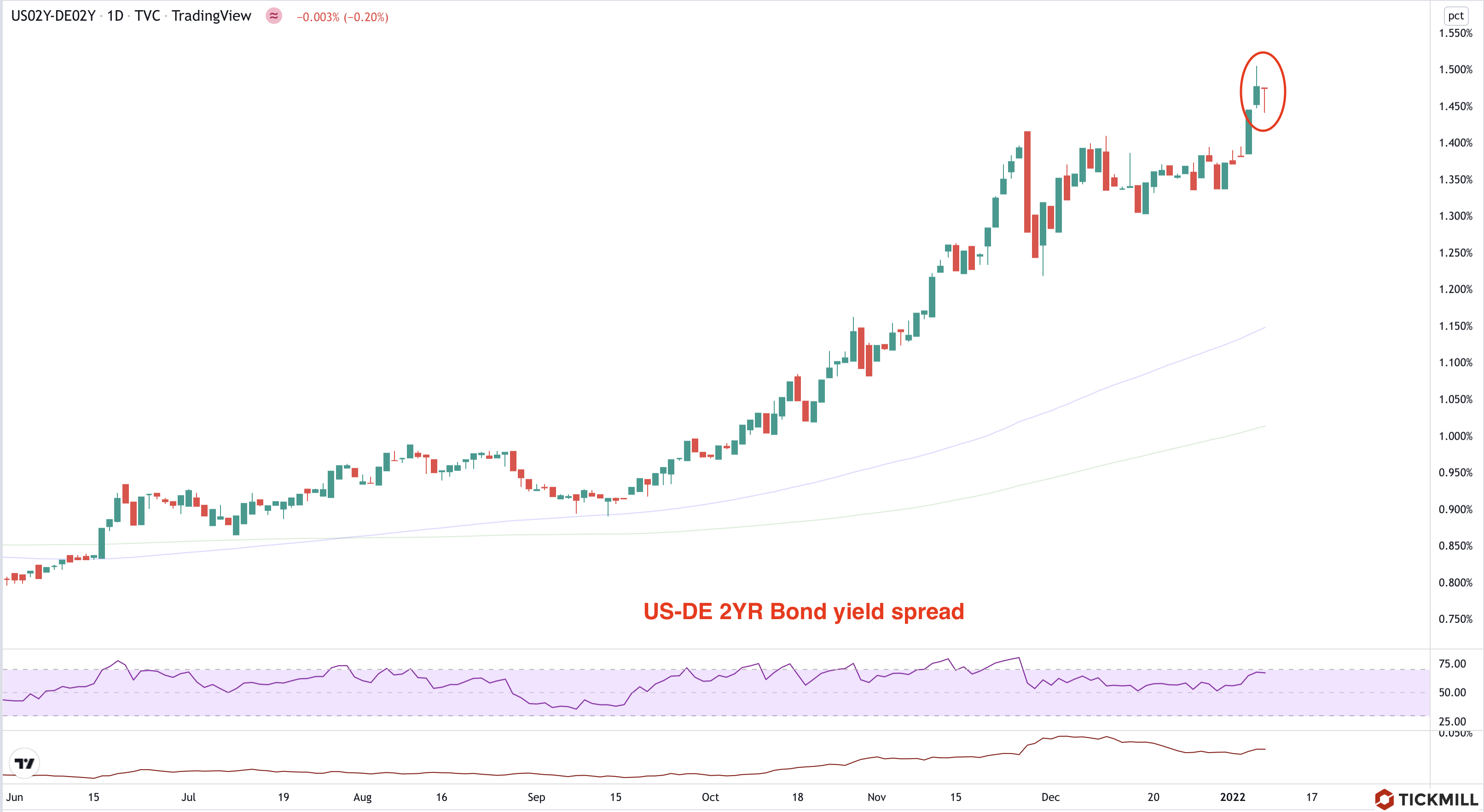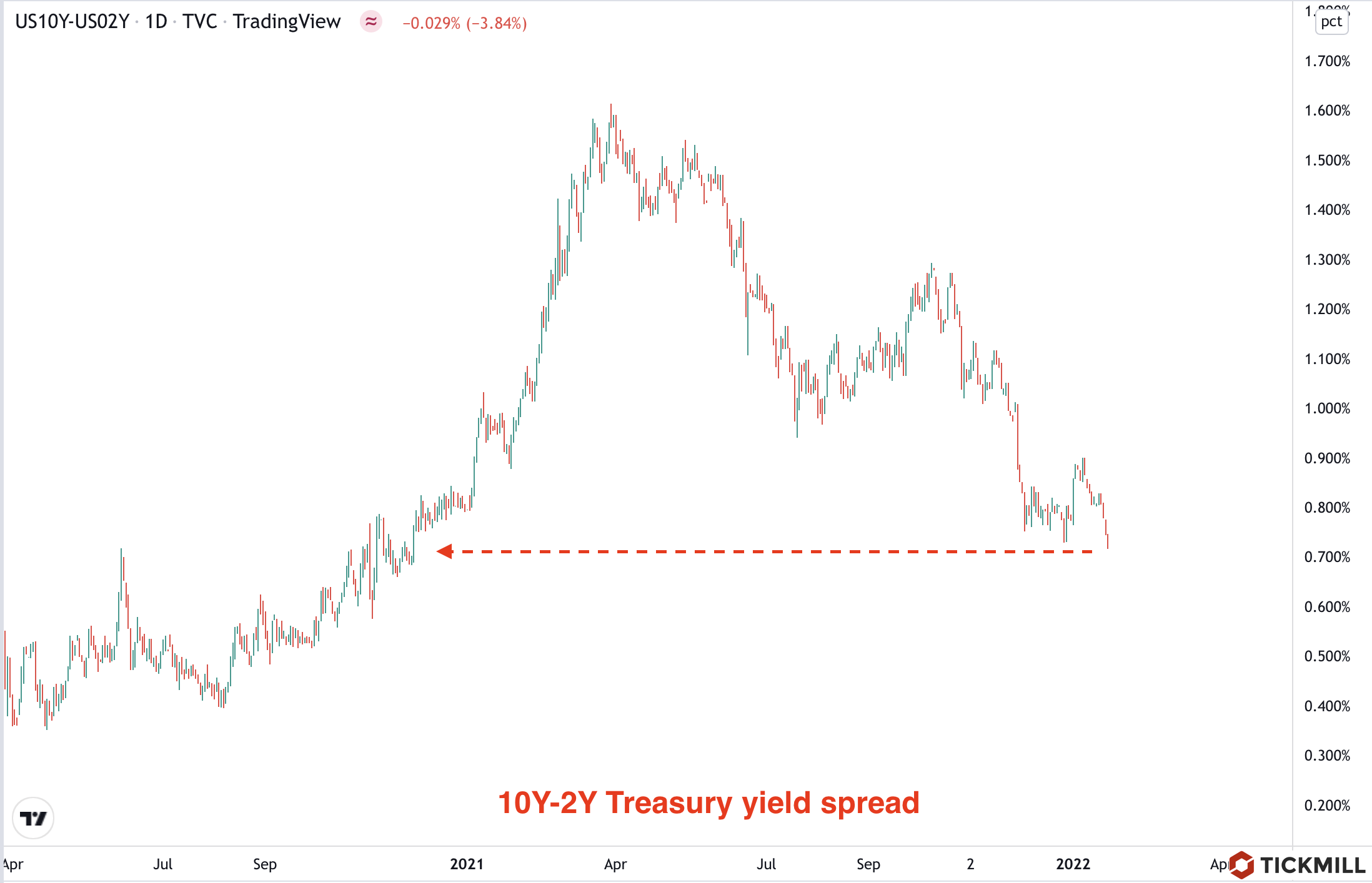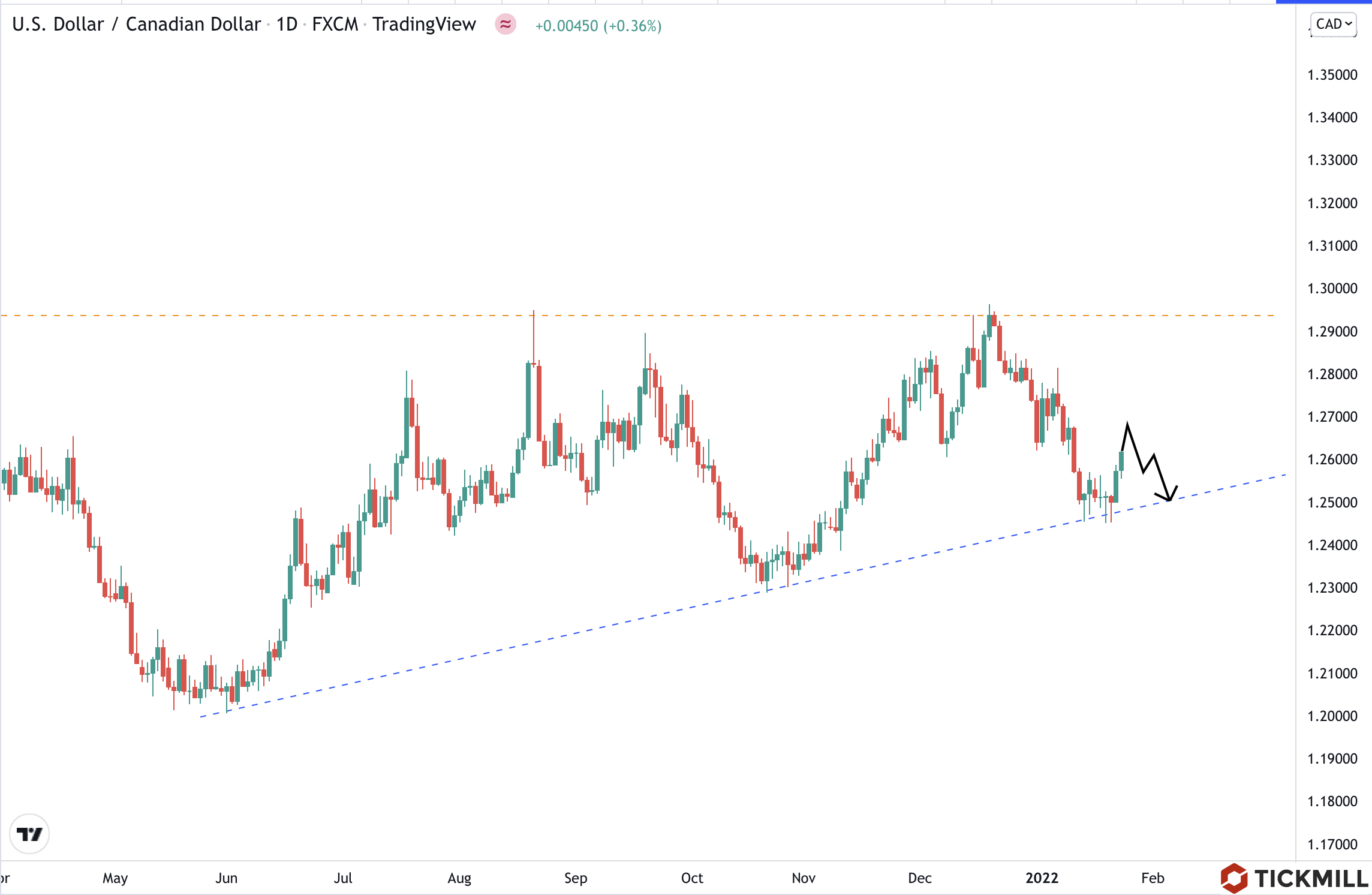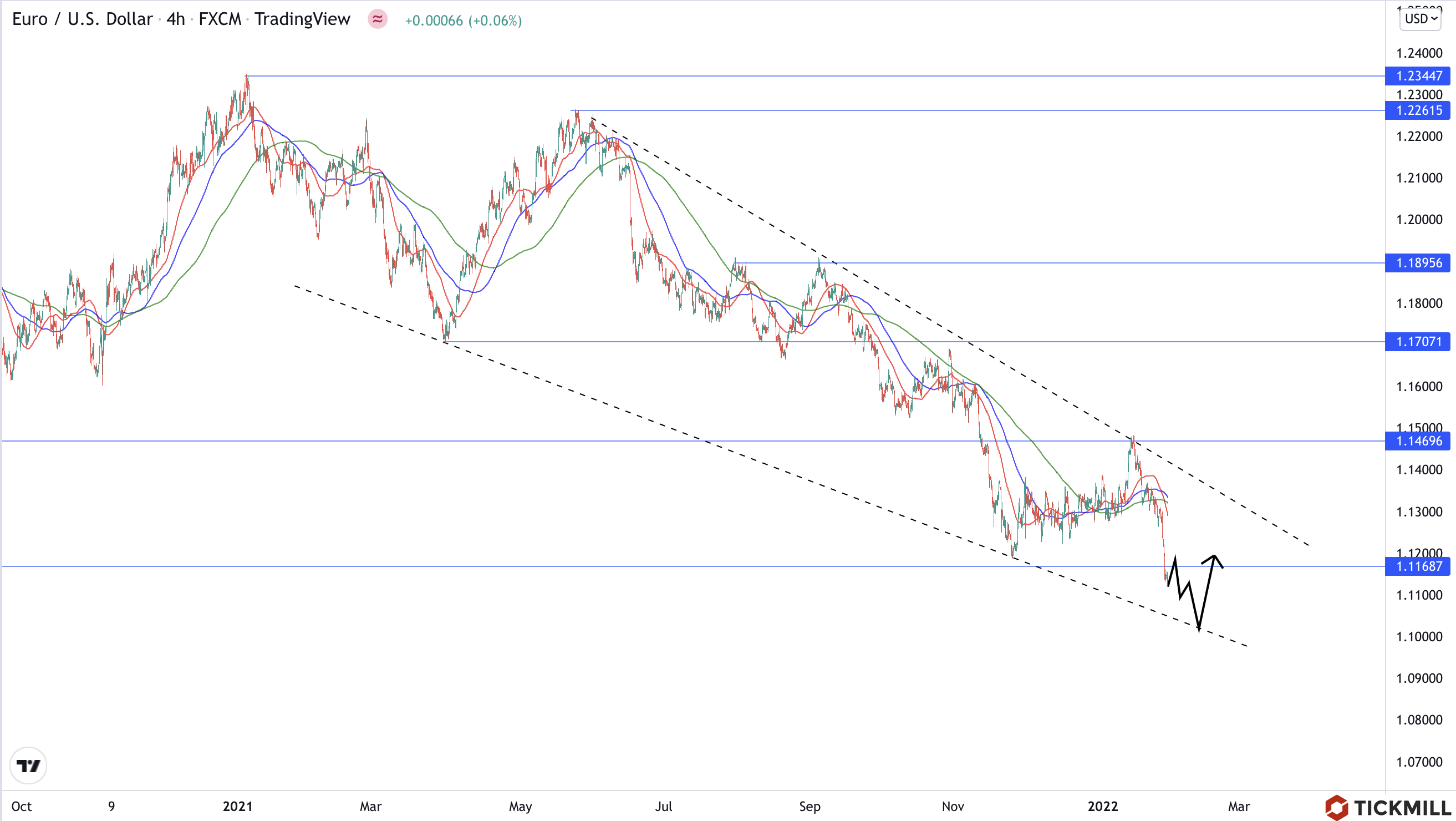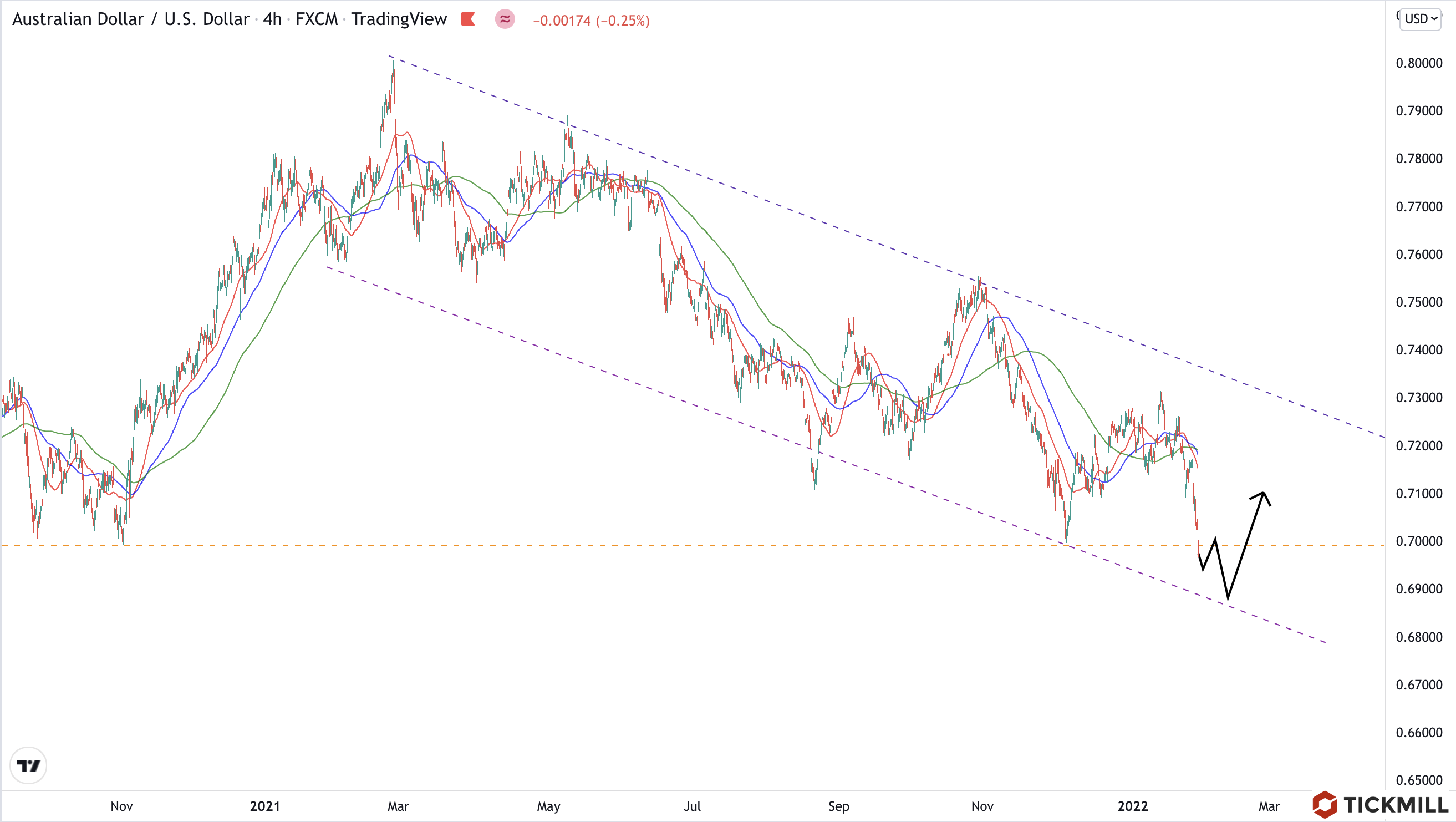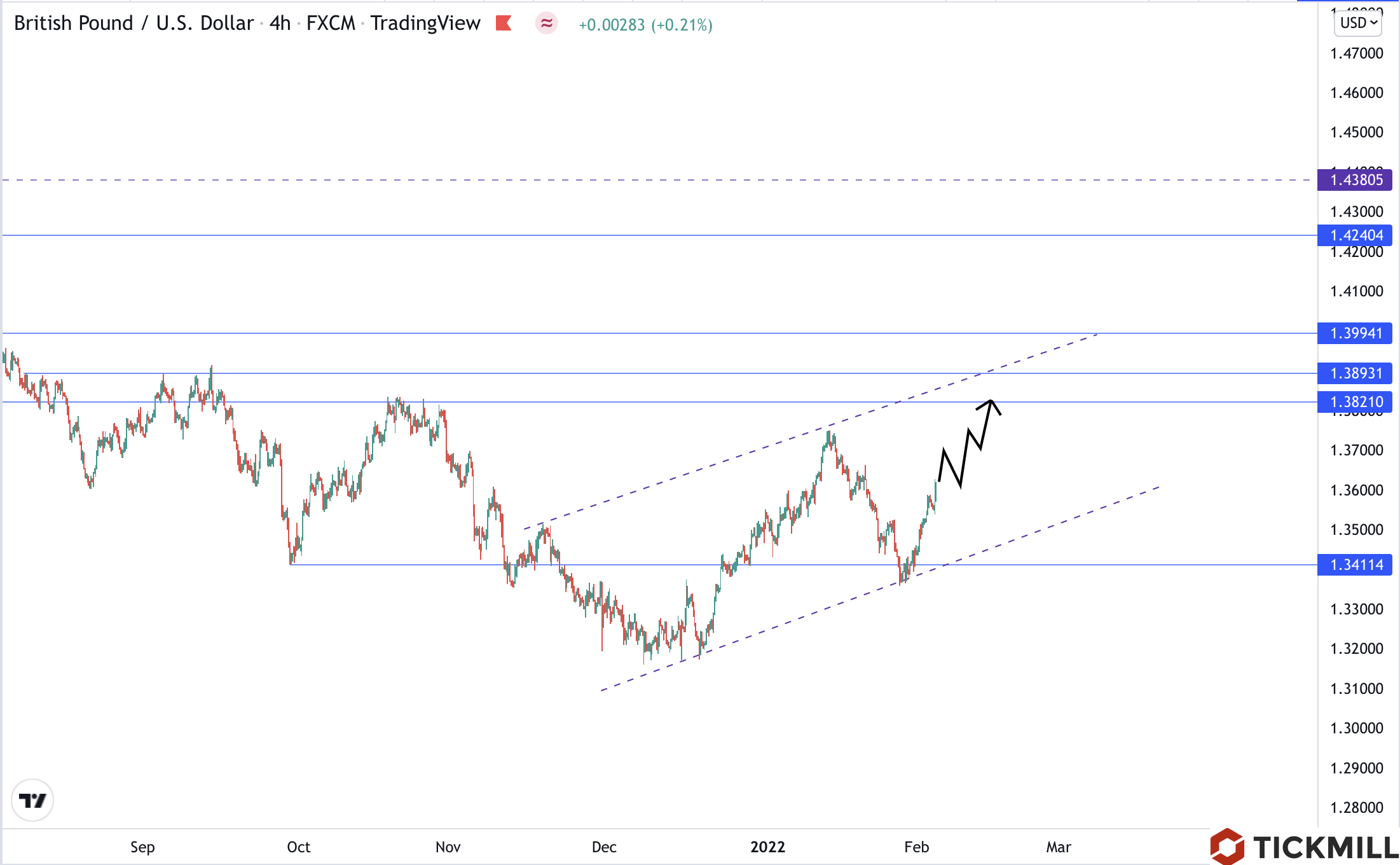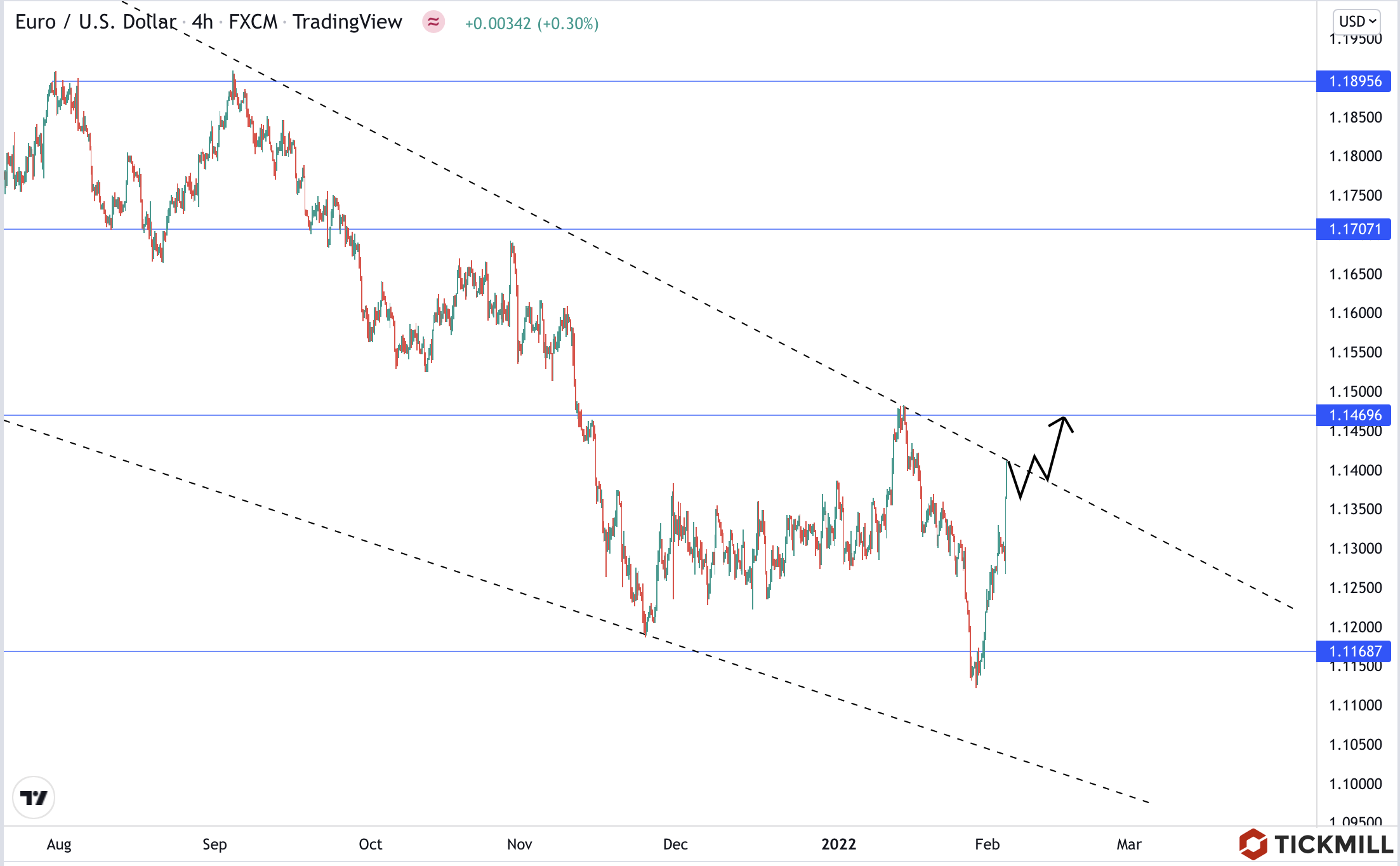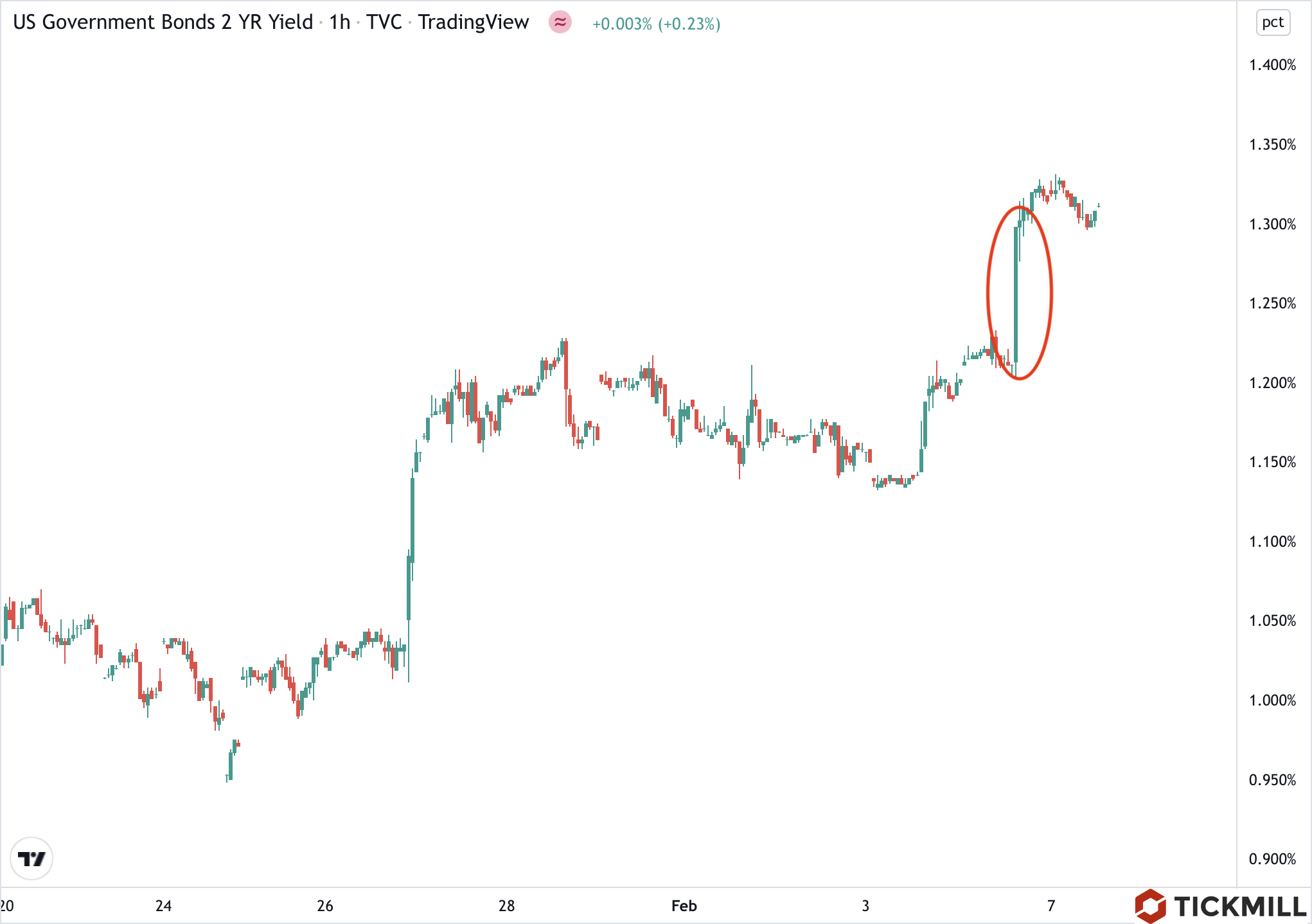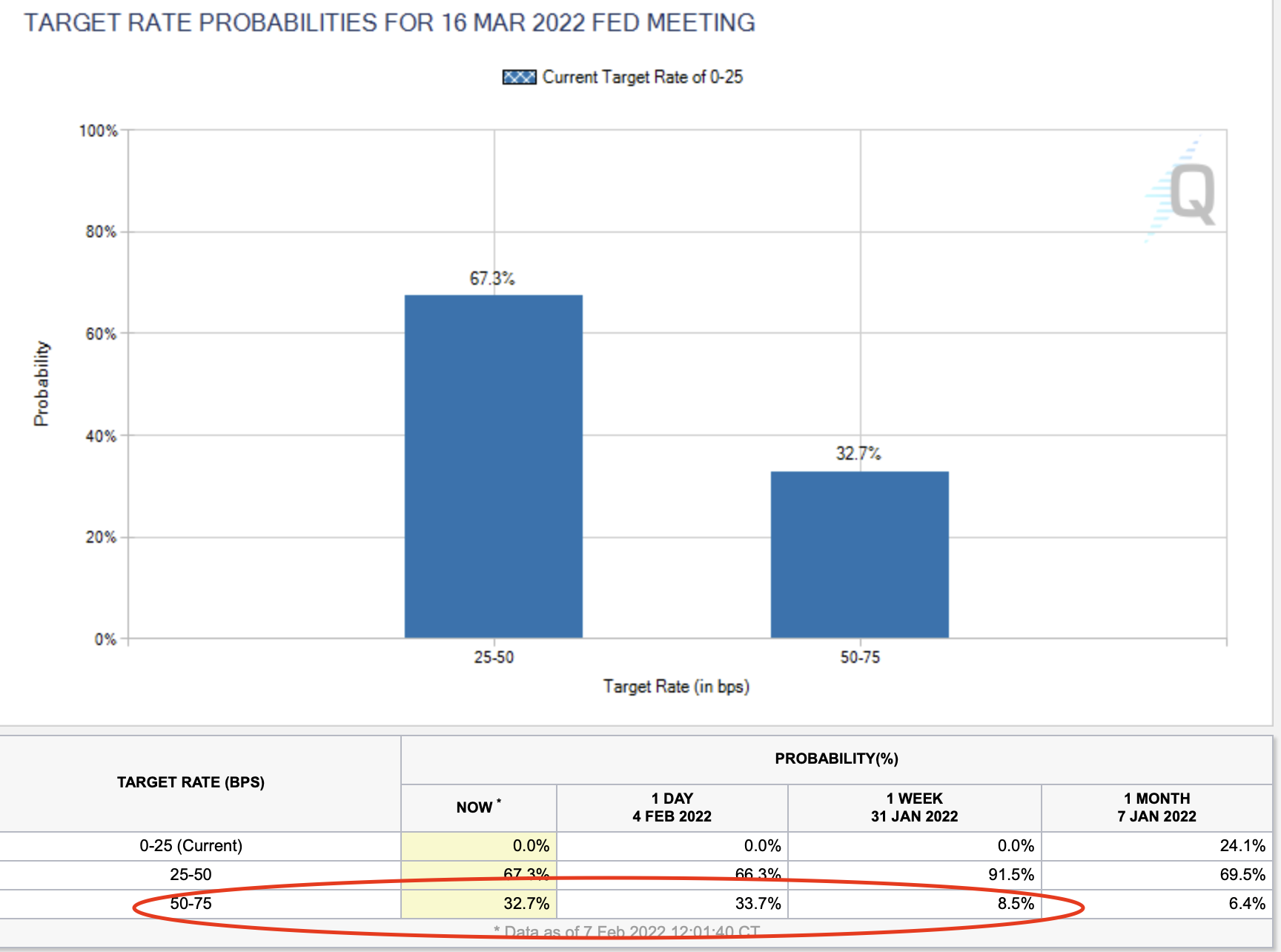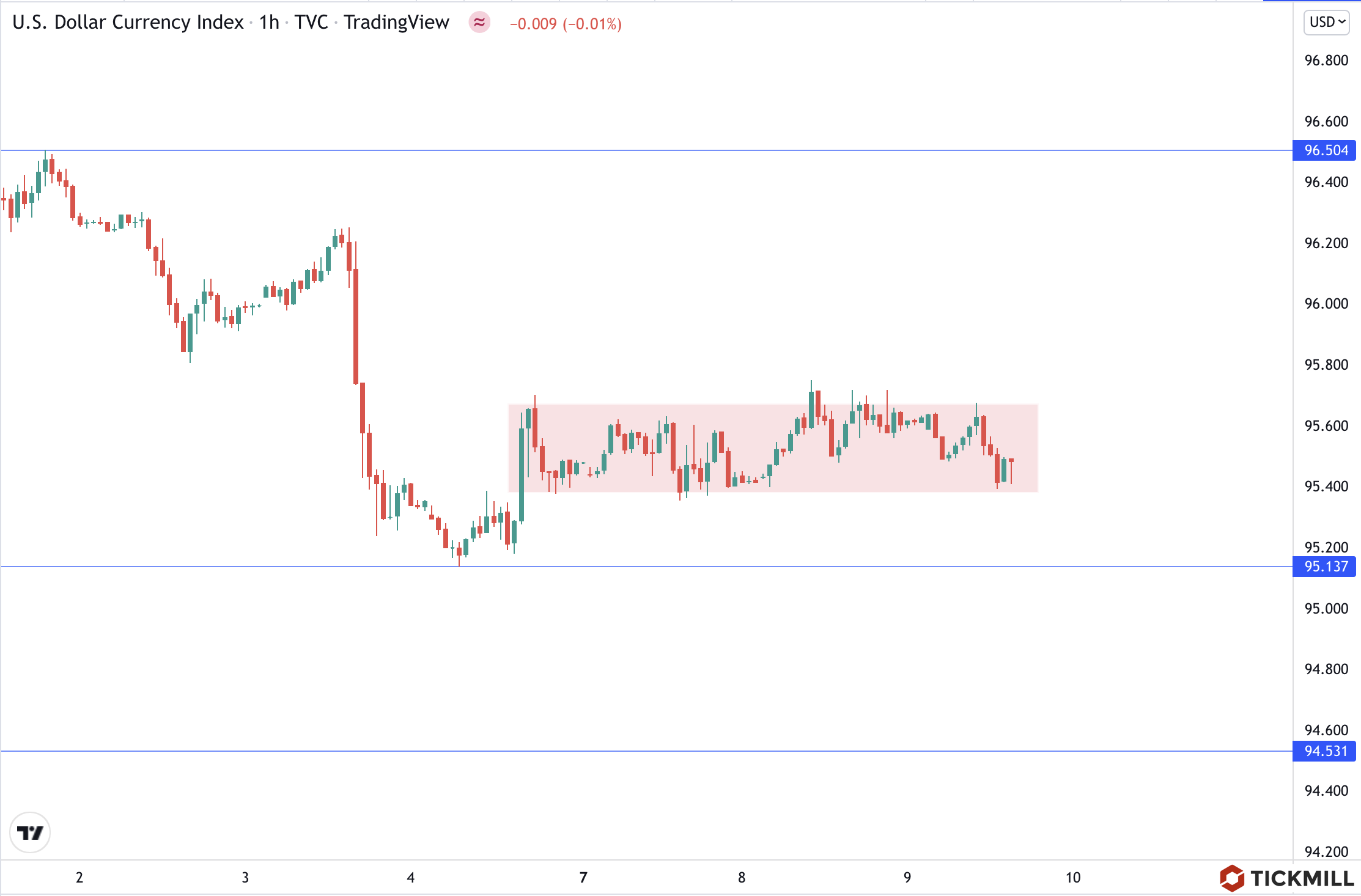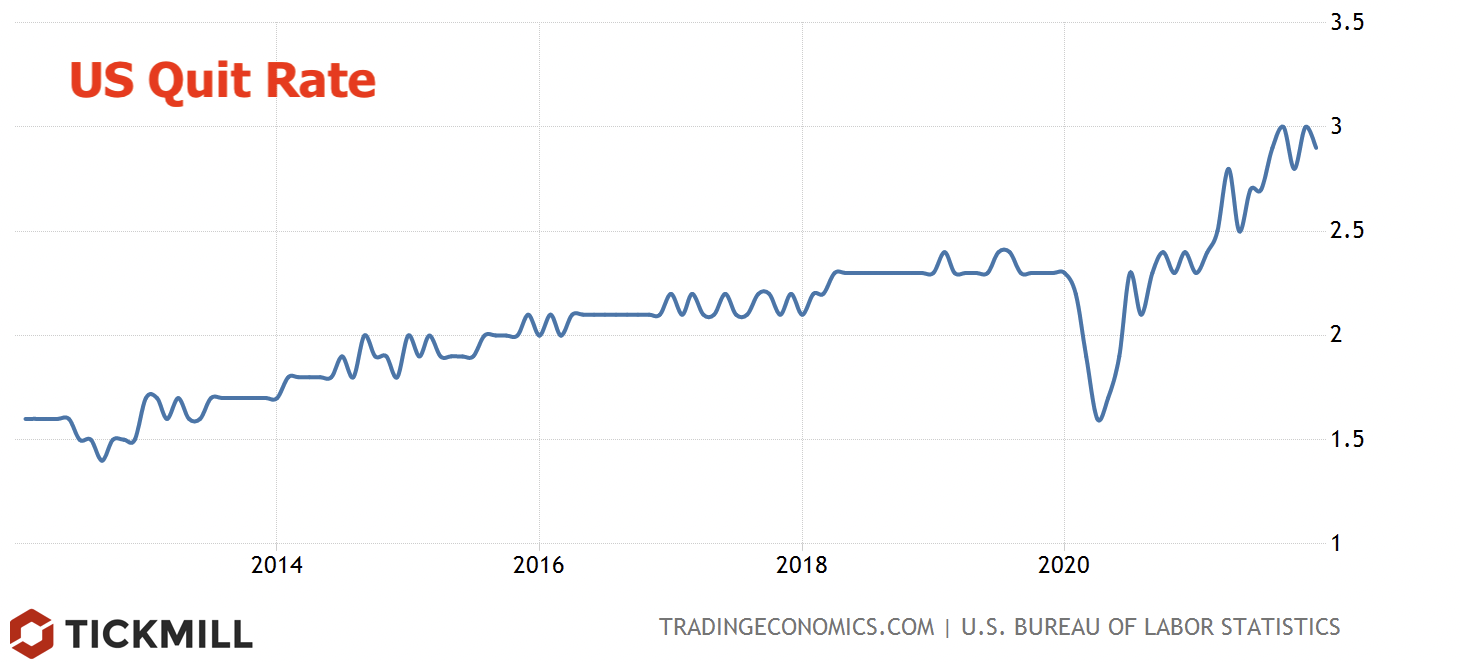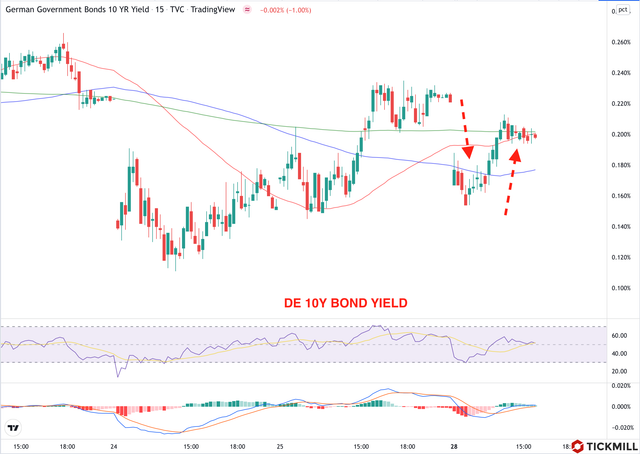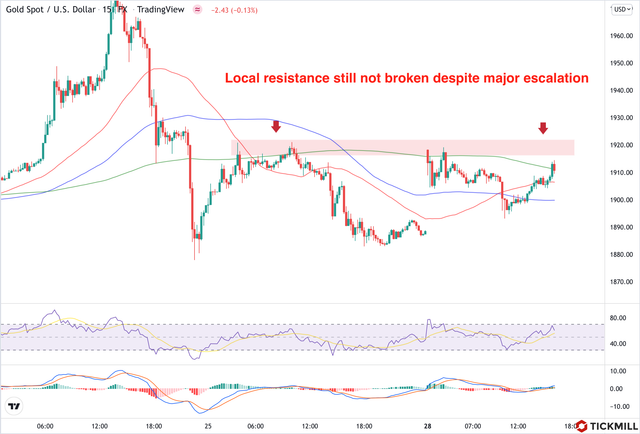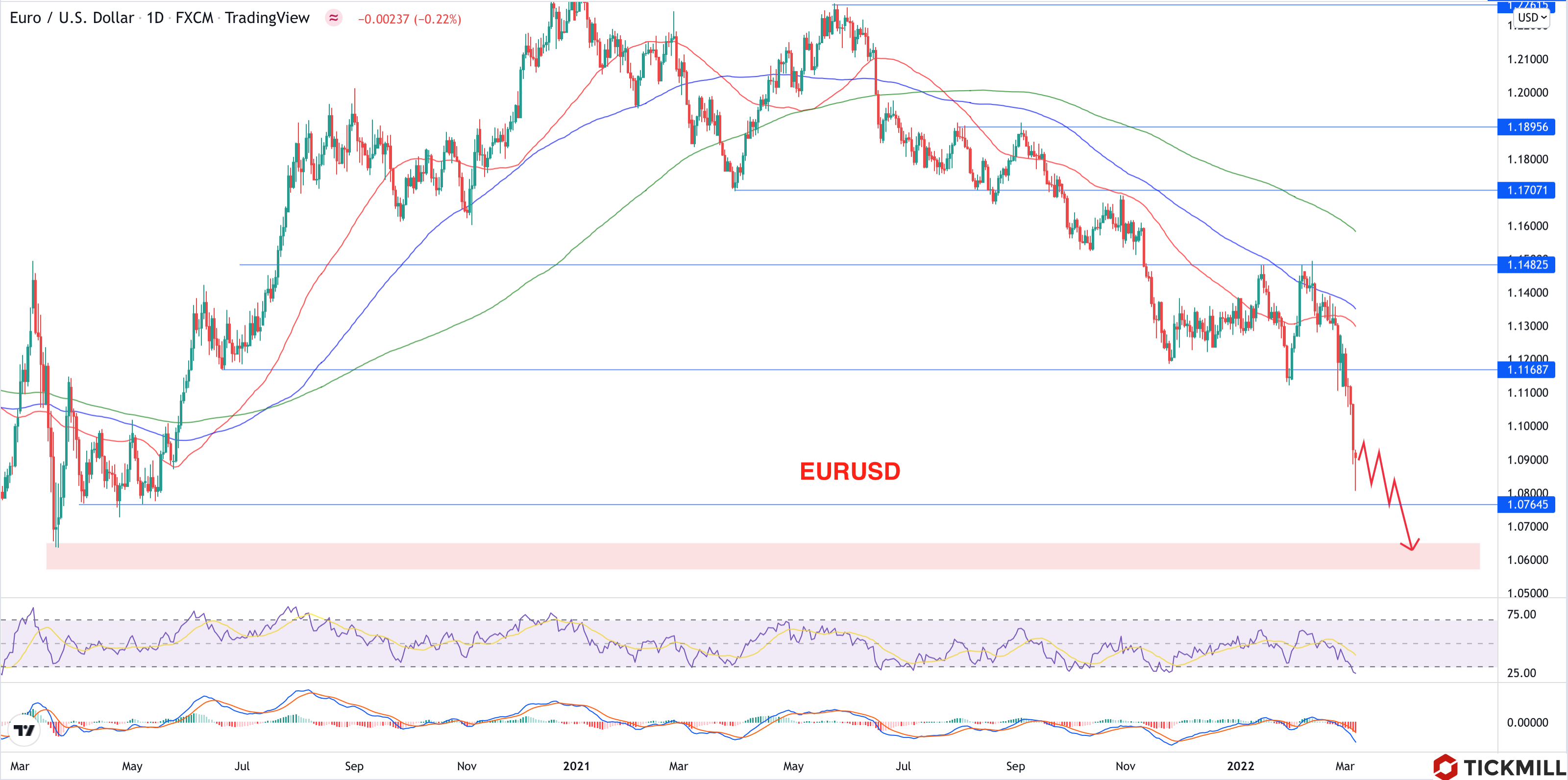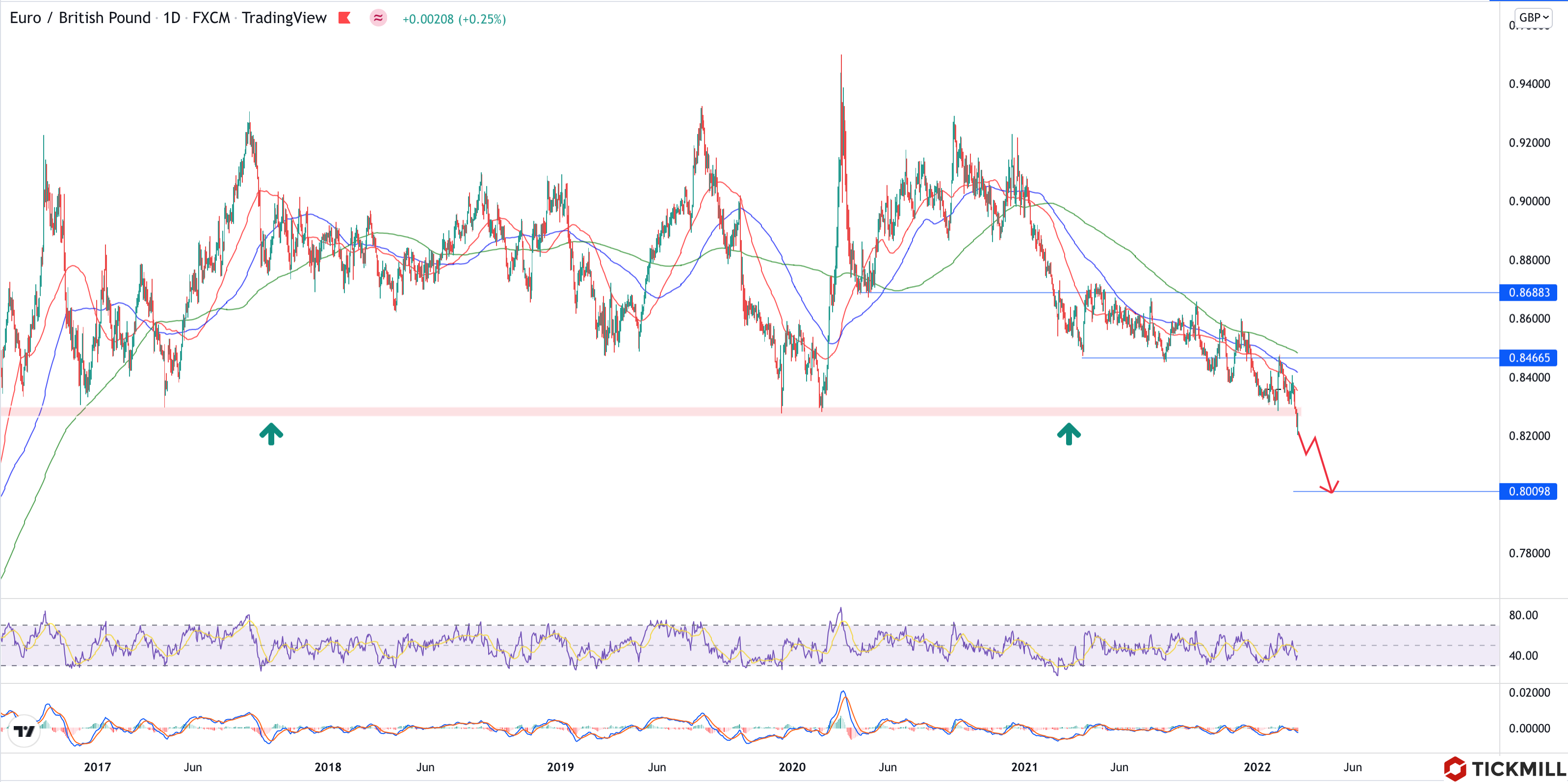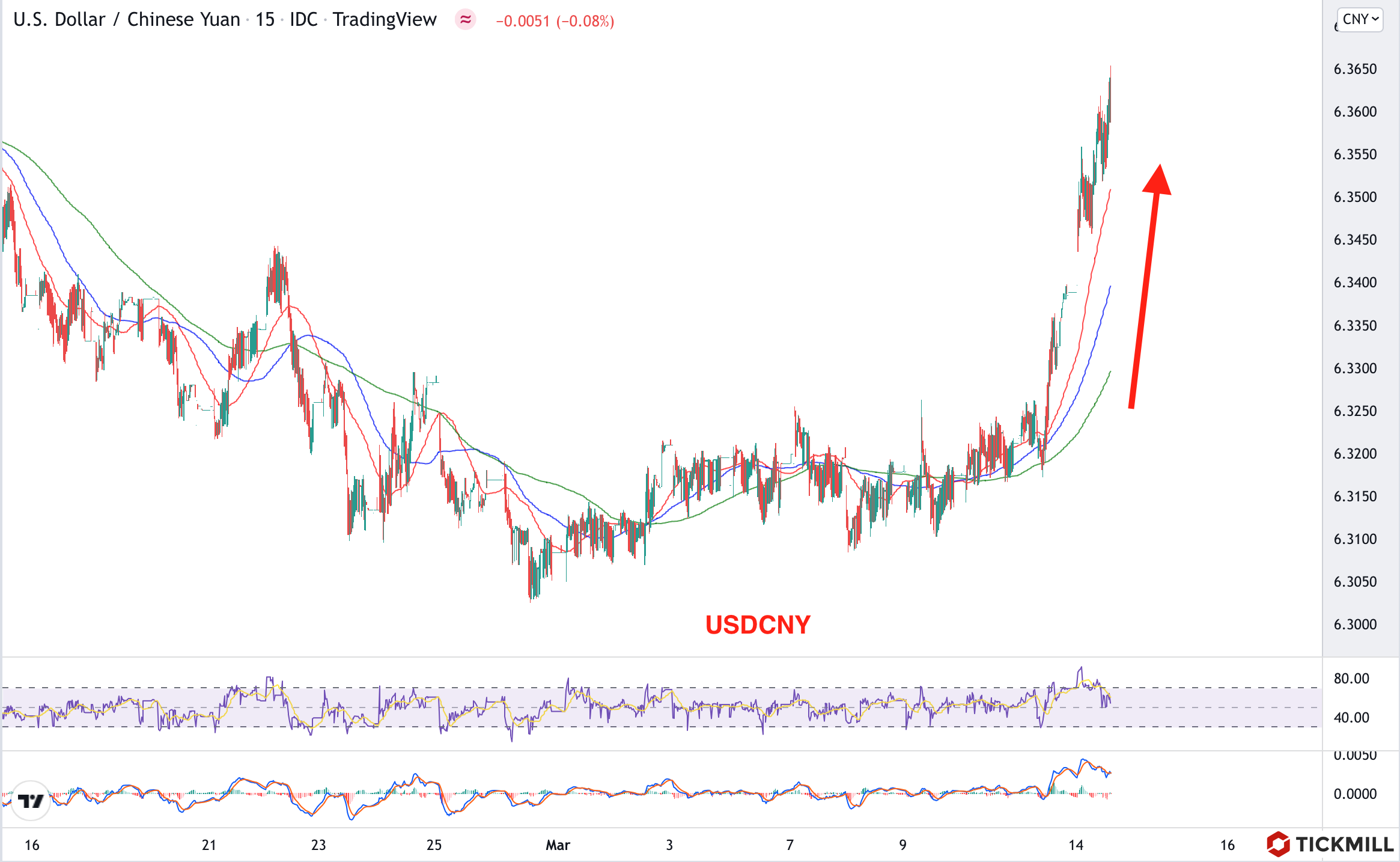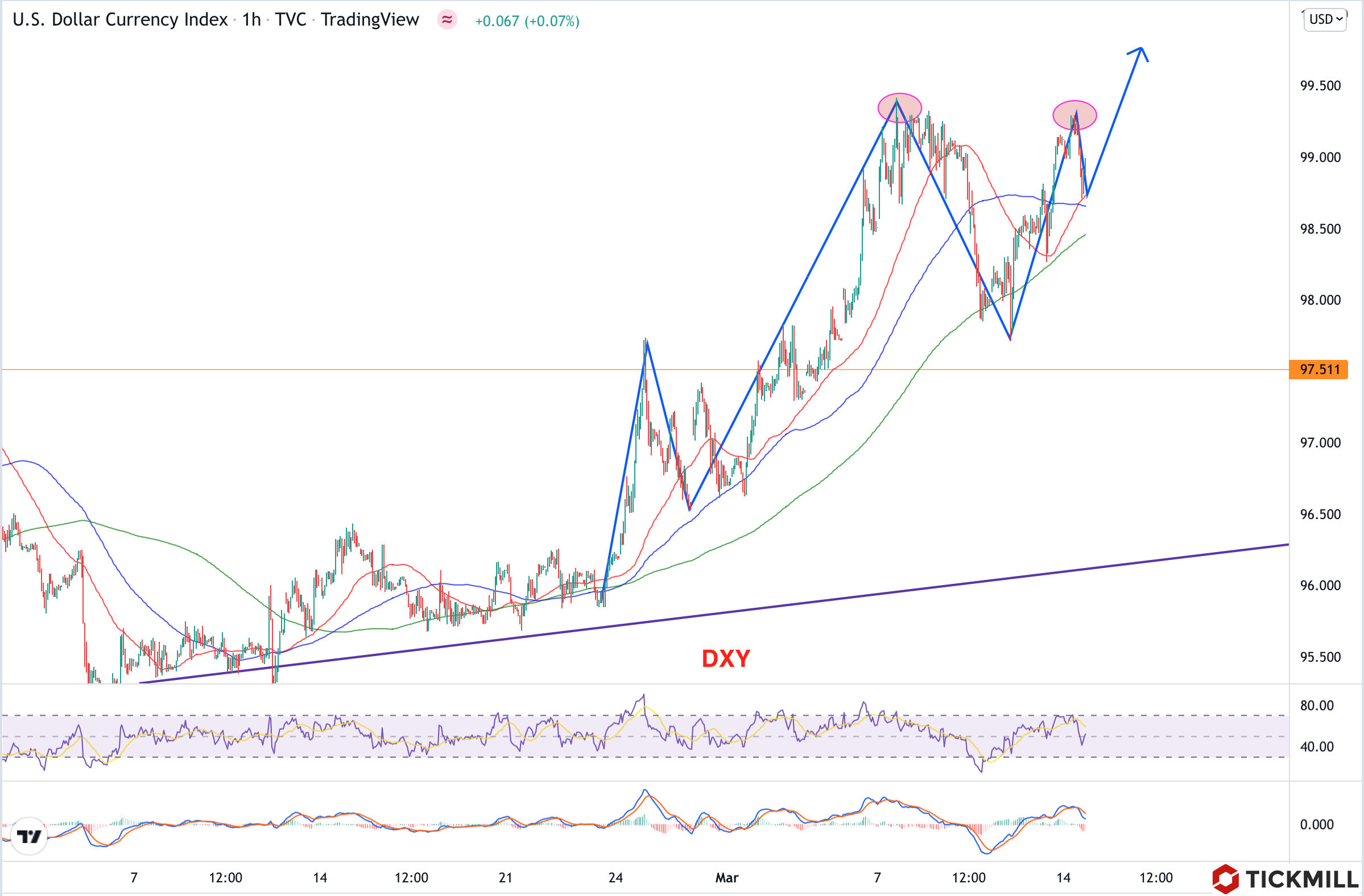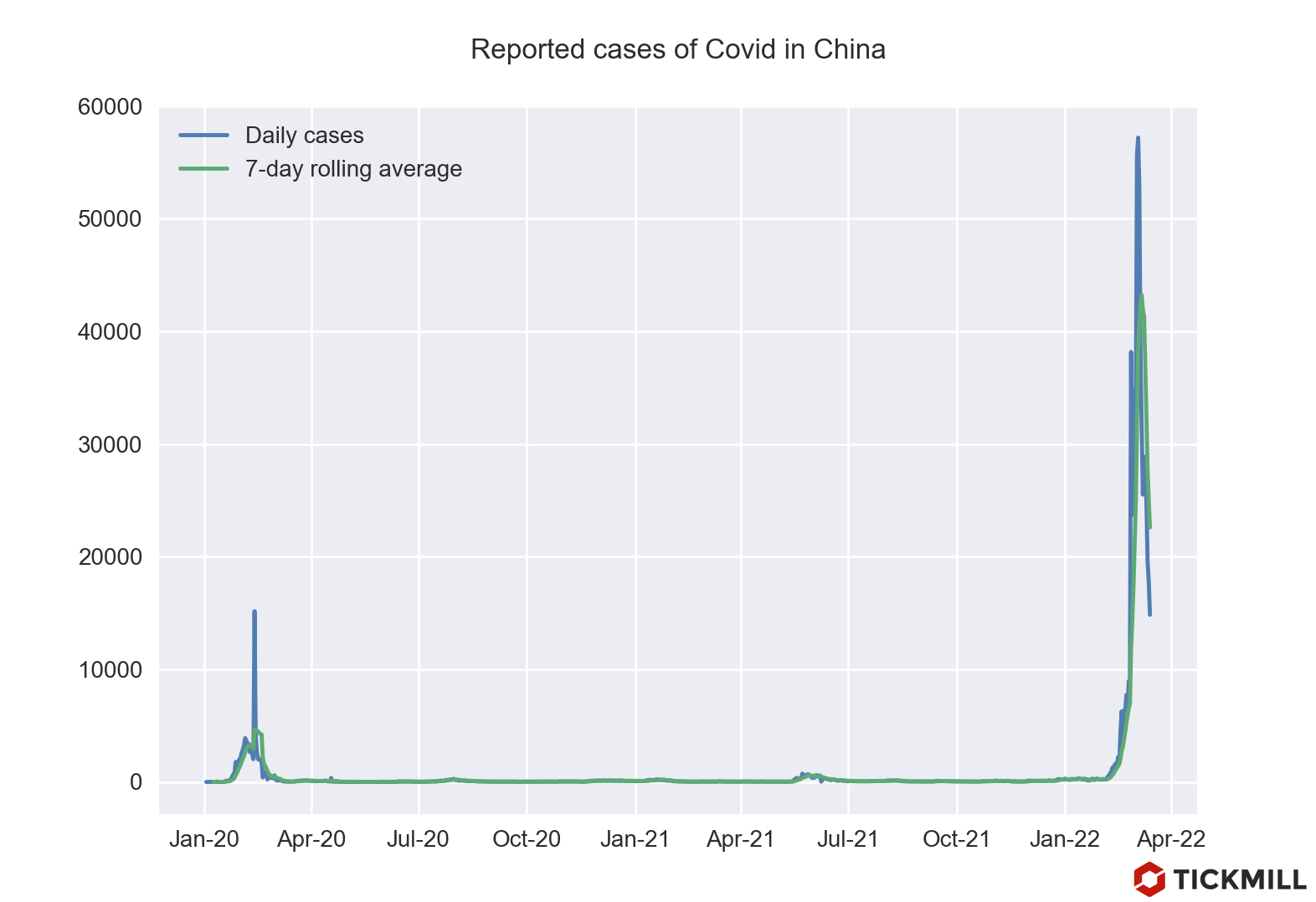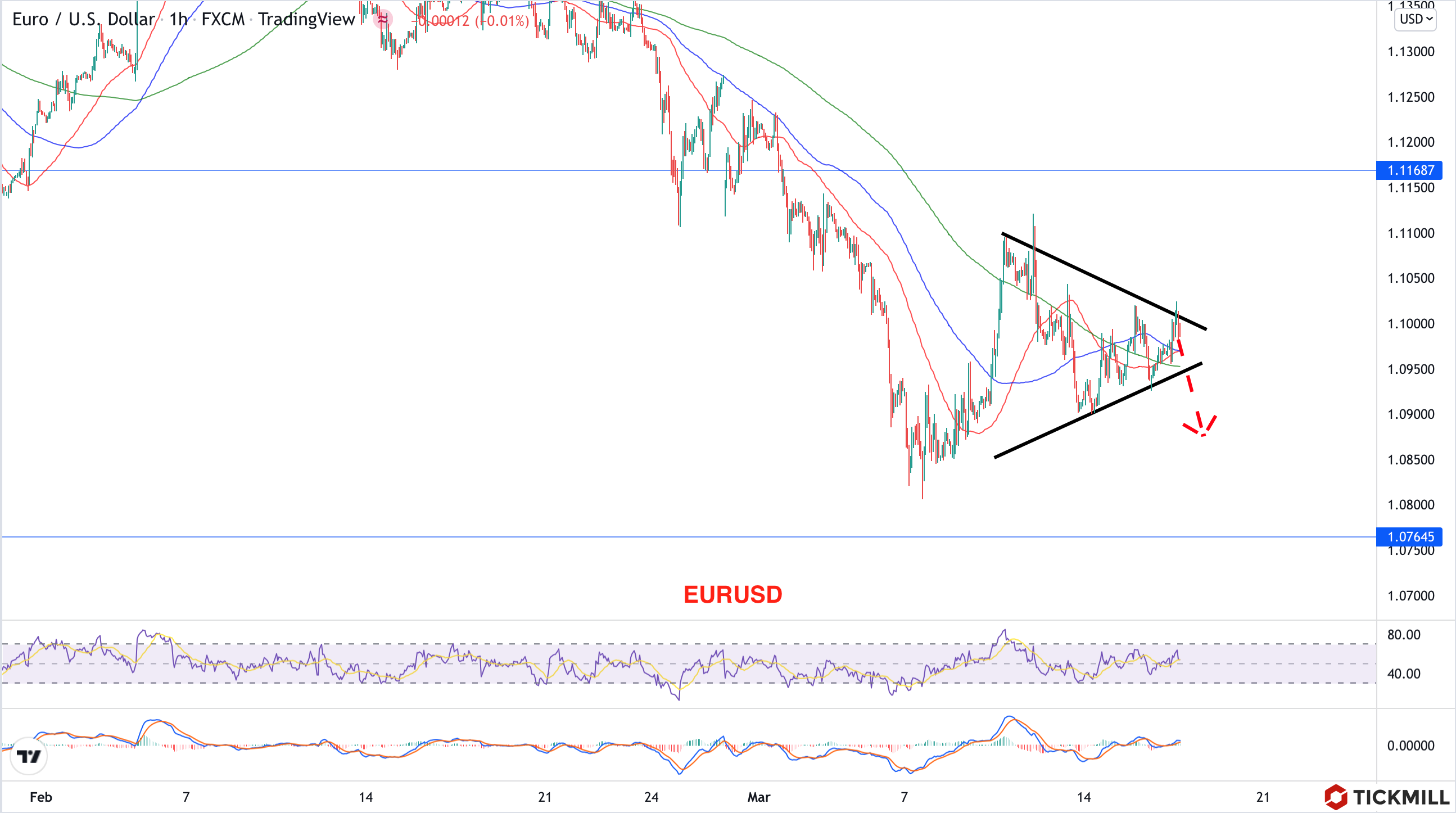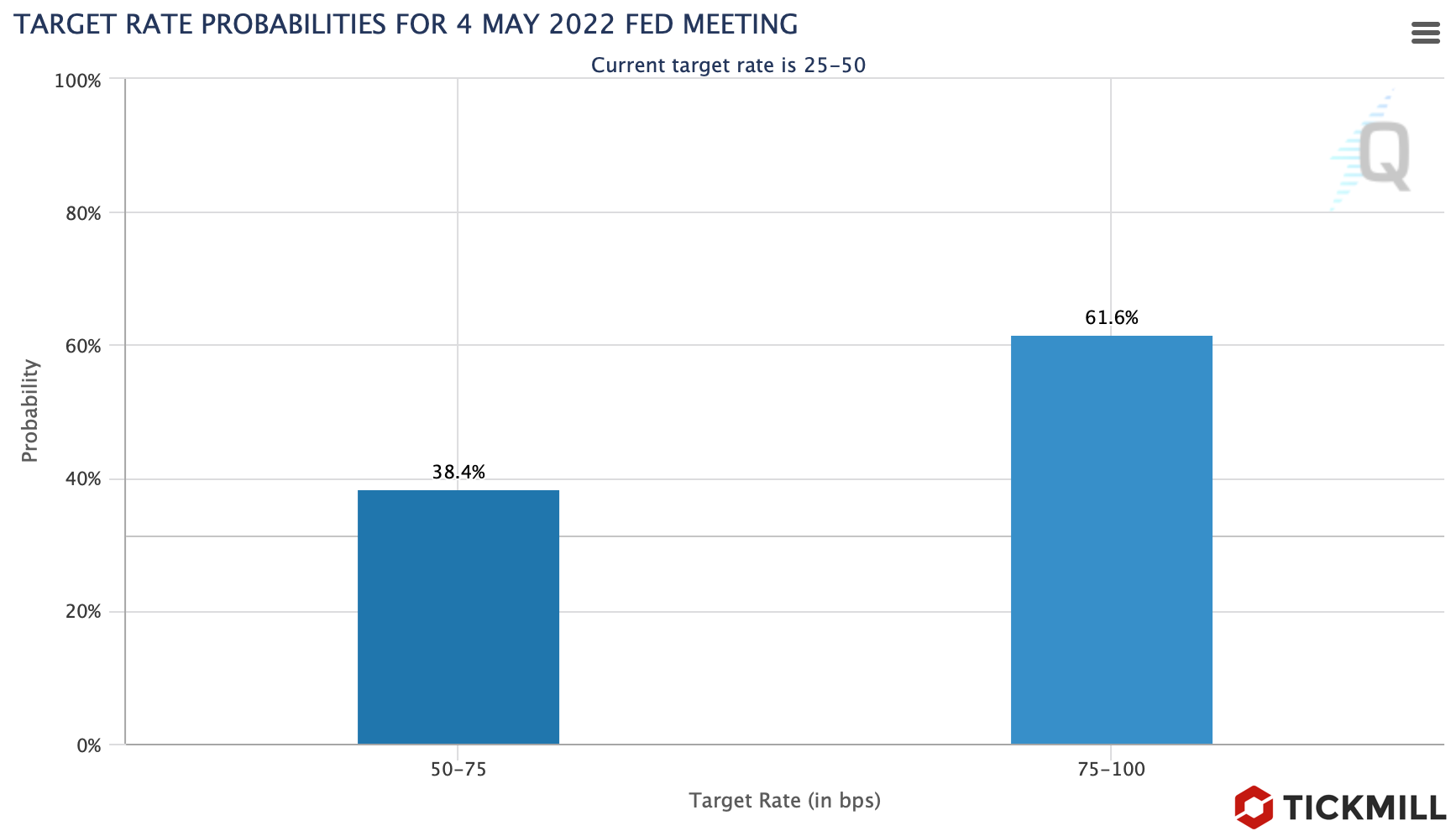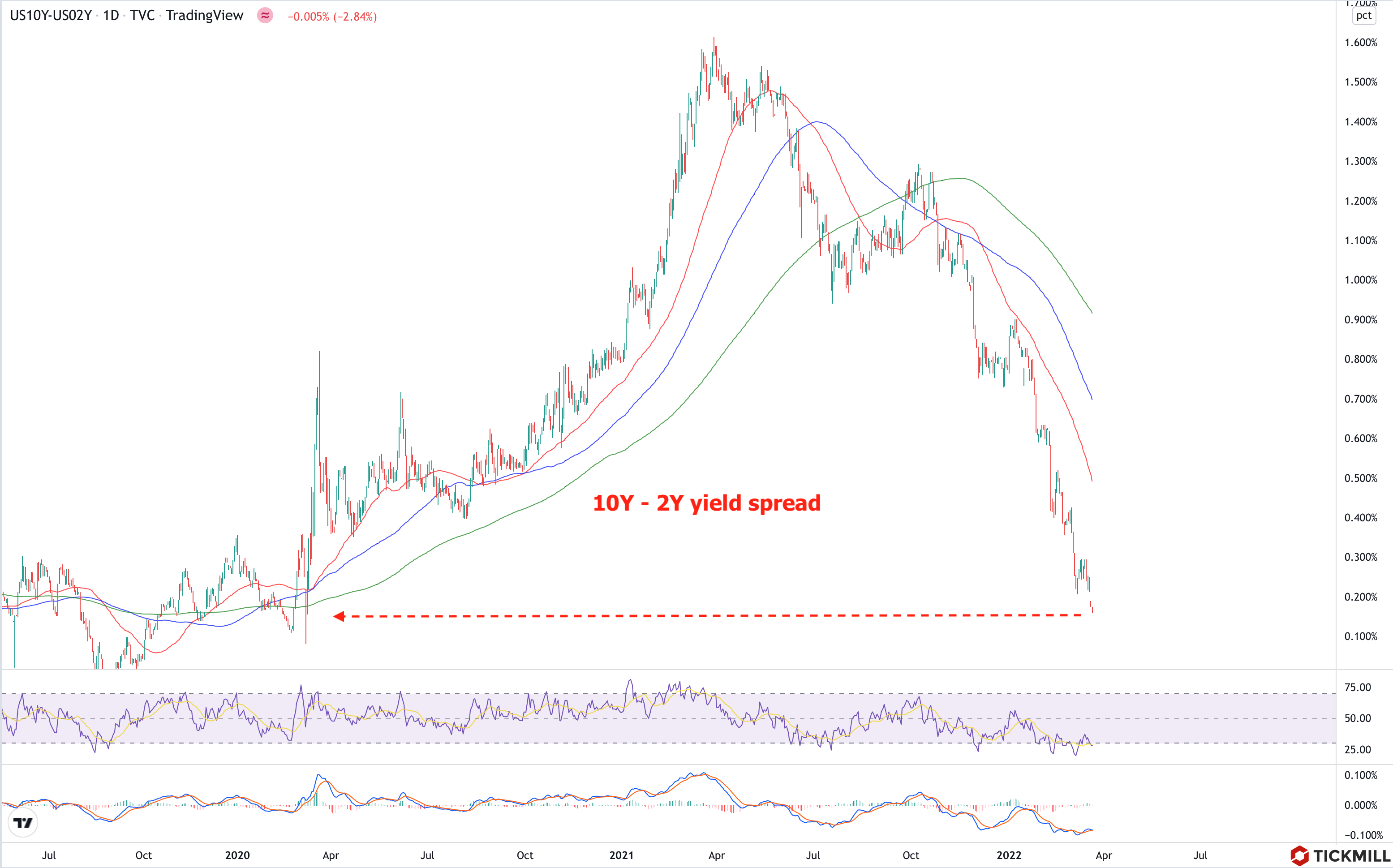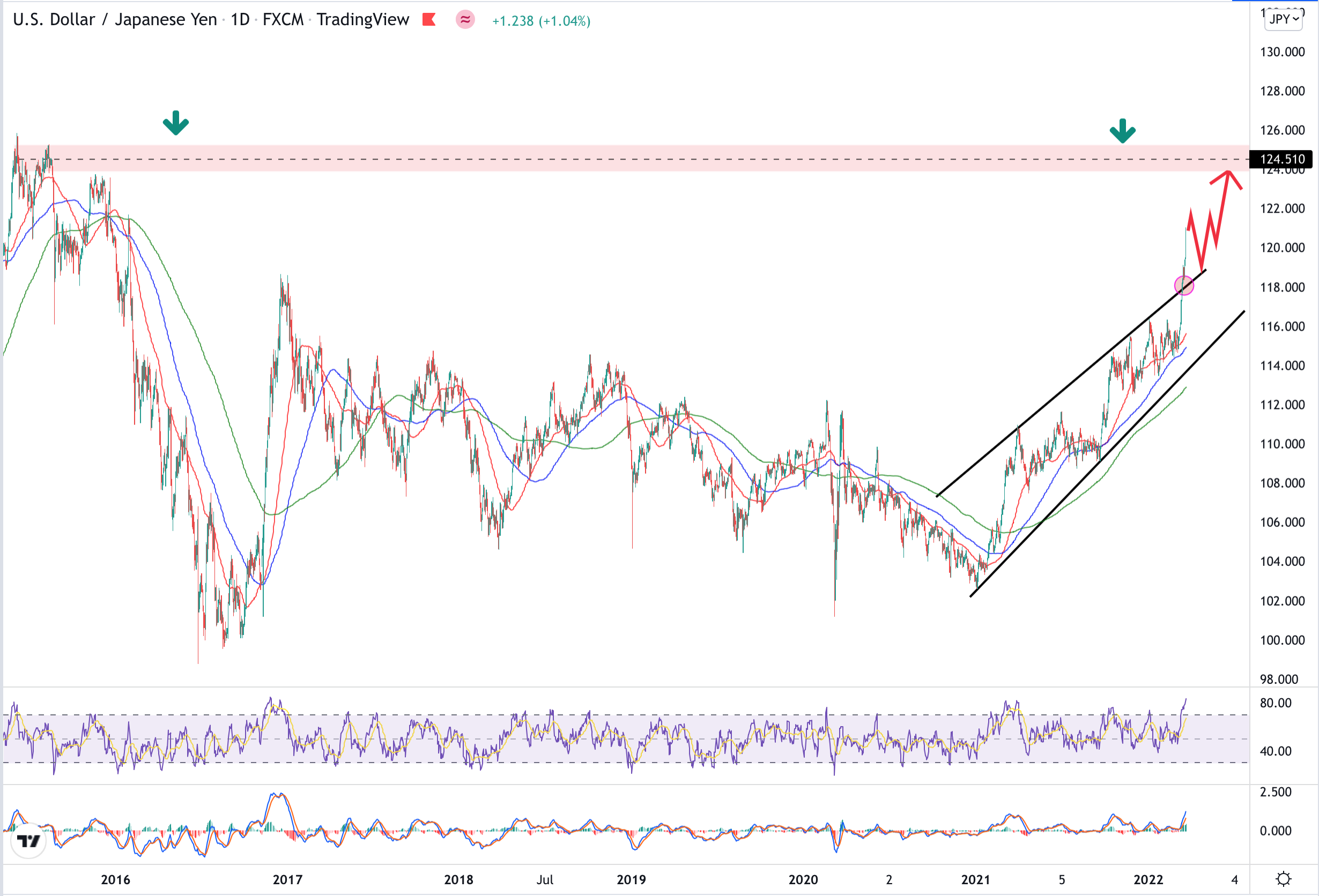tickmill-news
Well-known member
- Messages
- 393
- Likes
- 1
Too early to bet on rebound
On Monday, risk assets rebounded as reports over the weekend suggest that the bout of covid hysteria on Friday could be an overreaction. Air travel halts have apparently eased off over the weekend, while the WHO and South African researchers alleviated concerns with a statement that there are no evidences yet that the new covid strain is more dangerous than dominating delta strain. In this regard, the flow of negative news for the market, mainly related to new shocks in air transportation, is likely to slow down this week.
Nevertheless, it is too early to say that correction is over - the lack of reliable data on the new strain should keep risk appetite largely subdued this week. According to the WHO, it will take from several days to several weeks to understand whether a new variant of the virus is more aggressive and resistant to vaccines.
With regard to contagiousness, there is a reason for concern. South Africa saw a jump in reported cases of covid in November before the news about the new strain hit the wires, which may be indirect evidence that the virus is more easily transmitted from person to person:
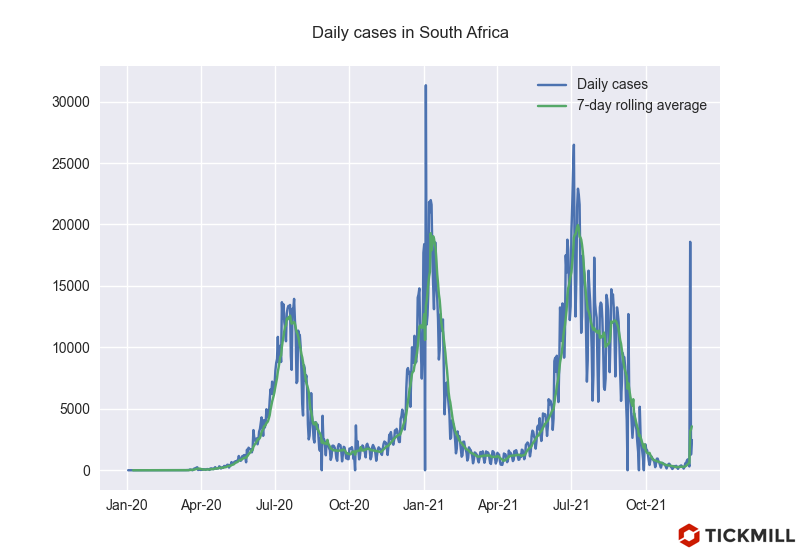
New updates on covid, important for the markets, will appear today - Britain will gather ministers of the Ministry of Health of the G7 countries to discuss options for response, in the evening Biden will deliver a message. It should help to understand the readiness of the governments to take painful preventive decisions.
A barometer of expectations for a tightening of the Fed's policy - long-term rates, halved declines on Monday thanks to the relief rally. The yield on 10-year Treasury bonds rose 7 basis points to 1.54%, and the yield on 2-year bonds also gained about the same amount. European markets rose cautiously – gains do not exceed 1%, and it’s difficult to expect more. The optimism of buyers in the oil market is now mainly based on rumors that OPEC will postpone the planned hike in production by 400K barrels in January, but if we see more reports more countries opted to close borders, a larger drop cannot be avoided.
Noteworthy reports this week are Germany's CPI in November (slated for release today), ADP and NFP US November report. In addition, the first two days of the week are full of speeches from Fed representatives (Powell, Williams). Markets are unlikely to be able to react in cold blood to the comments which may touch on the topic of the new strain, as this will call into question the Fed's intentions to accelerate the phasing out of stimulus measures (QE). In general, one way or another, trading in the market this week should be reduced to reactions to news associated with covid, and should be characterized by more or less homogeneous risk-off/risk-on.
There is a risk of further decline in EURUSD, since Europe’s bullish rate expectations are under pressure due to recent trend to reinstate lockdowns, besides, it is geographically closer to South Africa and, if the new virus is indeed infectious, a new wave may hit it earlier than the United States. Considering the dollar index (DXY), the pullback after strong growth sets the stage for a further rally towards 97.70, where the next key resistance may reside:
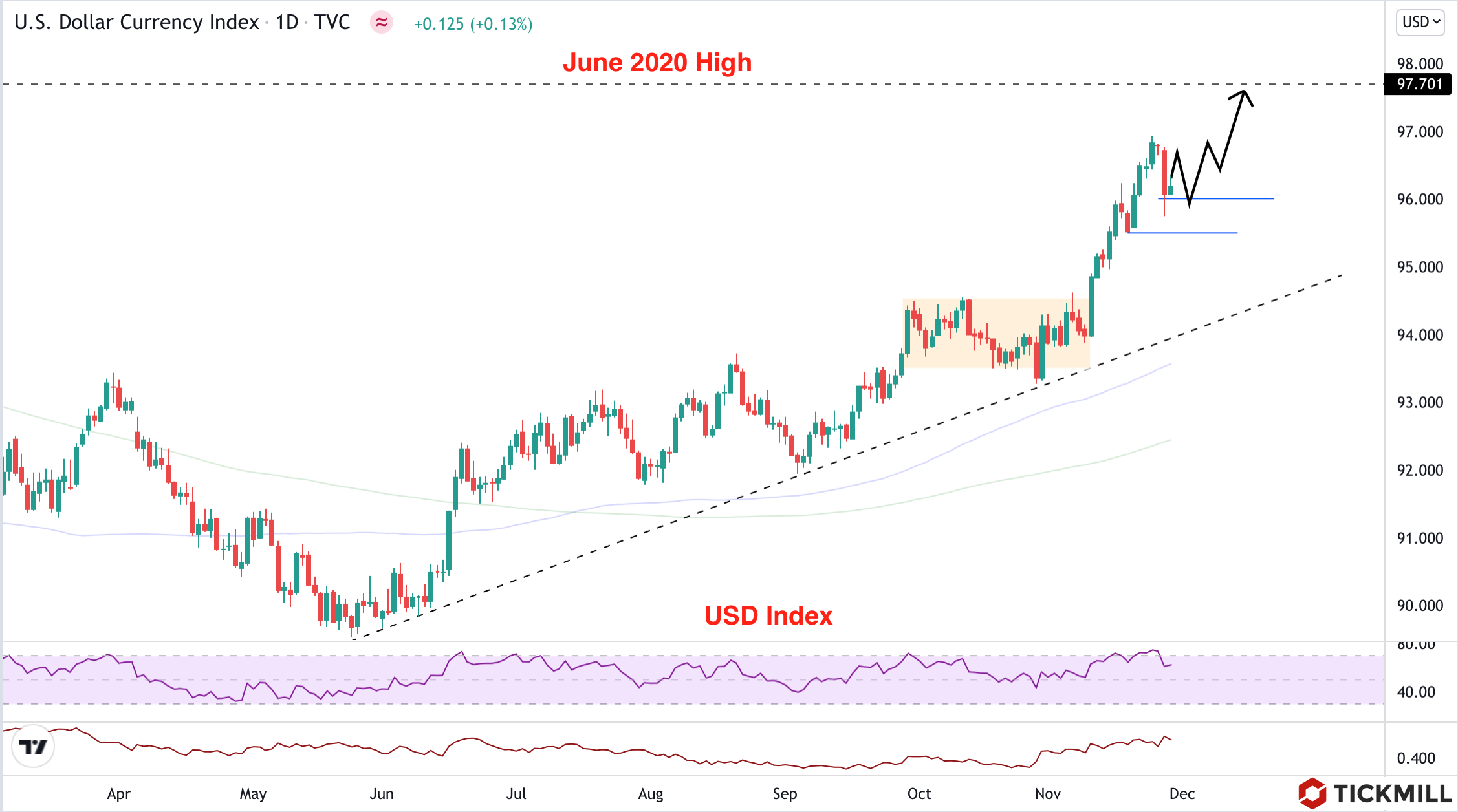
Disclaimer: The material provided is for information purposes only and should not be considered as investment advice. The views, information, or opinions expressed in the text belong solely to the author, and not to the author’s employer, organization, committee or other group or individual or company.
High Risk Warning: CFDs are complex instruments and come with a high risk of losing money rapidly due to leverage. 75% and 72% of retail investor accounts lose money when trading CFDs with Tickmill UK Ltd and Tickmill Europe Ltd respectively. You should consider whether you understand how CFDs work and whether you can afford to take the high risk of losing your money.
On Monday, risk assets rebounded as reports over the weekend suggest that the bout of covid hysteria on Friday could be an overreaction. Air travel halts have apparently eased off over the weekend, while the WHO and South African researchers alleviated concerns with a statement that there are no evidences yet that the new covid strain is more dangerous than dominating delta strain. In this regard, the flow of negative news for the market, mainly related to new shocks in air transportation, is likely to slow down this week.
Nevertheless, it is too early to say that correction is over - the lack of reliable data on the new strain should keep risk appetite largely subdued this week. According to the WHO, it will take from several days to several weeks to understand whether a new variant of the virus is more aggressive and resistant to vaccines.
With regard to contagiousness, there is a reason for concern. South Africa saw a jump in reported cases of covid in November before the news about the new strain hit the wires, which may be indirect evidence that the virus is more easily transmitted from person to person:

New updates on covid, important for the markets, will appear today - Britain will gather ministers of the Ministry of Health of the G7 countries to discuss options for response, in the evening Biden will deliver a message. It should help to understand the readiness of the governments to take painful preventive decisions.
A barometer of expectations for a tightening of the Fed's policy - long-term rates, halved declines on Monday thanks to the relief rally. The yield on 10-year Treasury bonds rose 7 basis points to 1.54%, and the yield on 2-year bonds also gained about the same amount. European markets rose cautiously – gains do not exceed 1%, and it’s difficult to expect more. The optimism of buyers in the oil market is now mainly based on rumors that OPEC will postpone the planned hike in production by 400K barrels in January, but if we see more reports more countries opted to close borders, a larger drop cannot be avoided.
Noteworthy reports this week are Germany's CPI in November (slated for release today), ADP and NFP US November report. In addition, the first two days of the week are full of speeches from Fed representatives (Powell, Williams). Markets are unlikely to be able to react in cold blood to the comments which may touch on the topic of the new strain, as this will call into question the Fed's intentions to accelerate the phasing out of stimulus measures (QE). In general, one way or another, trading in the market this week should be reduced to reactions to news associated with covid, and should be characterized by more or less homogeneous risk-off/risk-on.
There is a risk of further decline in EURUSD, since Europe’s bullish rate expectations are under pressure due to recent trend to reinstate lockdowns, besides, it is geographically closer to South Africa and, if the new virus is indeed infectious, a new wave may hit it earlier than the United States. Considering the dollar index (DXY), the pullback after strong growth sets the stage for a further rally towards 97.70, where the next key resistance may reside:

Disclaimer: The material provided is for information purposes only and should not be considered as investment advice. The views, information, or opinions expressed in the text belong solely to the author, and not to the author’s employer, organization, committee or other group or individual or company.
High Risk Warning: CFDs are complex instruments and come with a high risk of losing money rapidly due to leverage. 75% and 72% of retail investor accounts lose money when trading CFDs with Tickmill UK Ltd and Tickmill Europe Ltd respectively. You should consider whether you understand how CFDs work and whether you can afford to take the high risk of losing your money.

